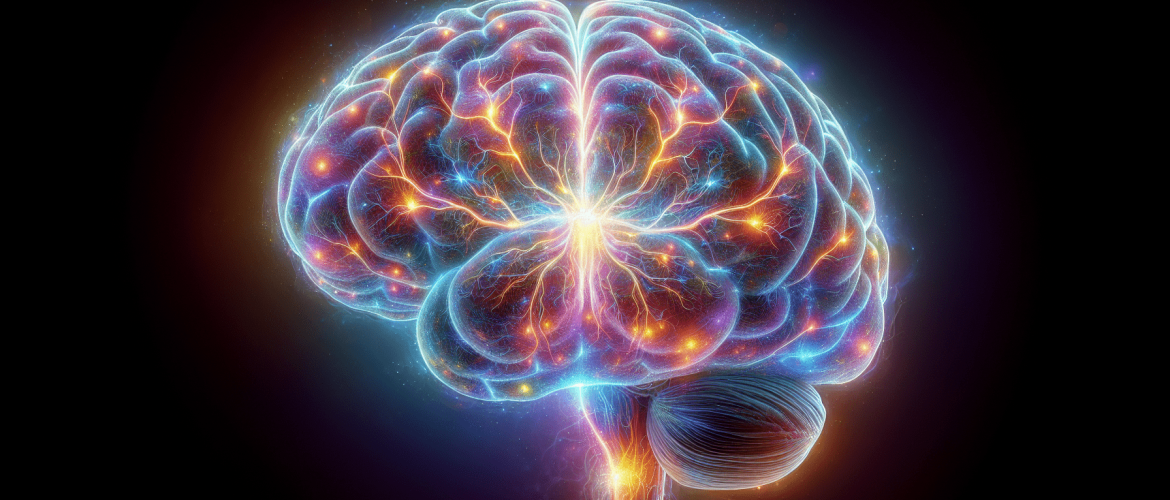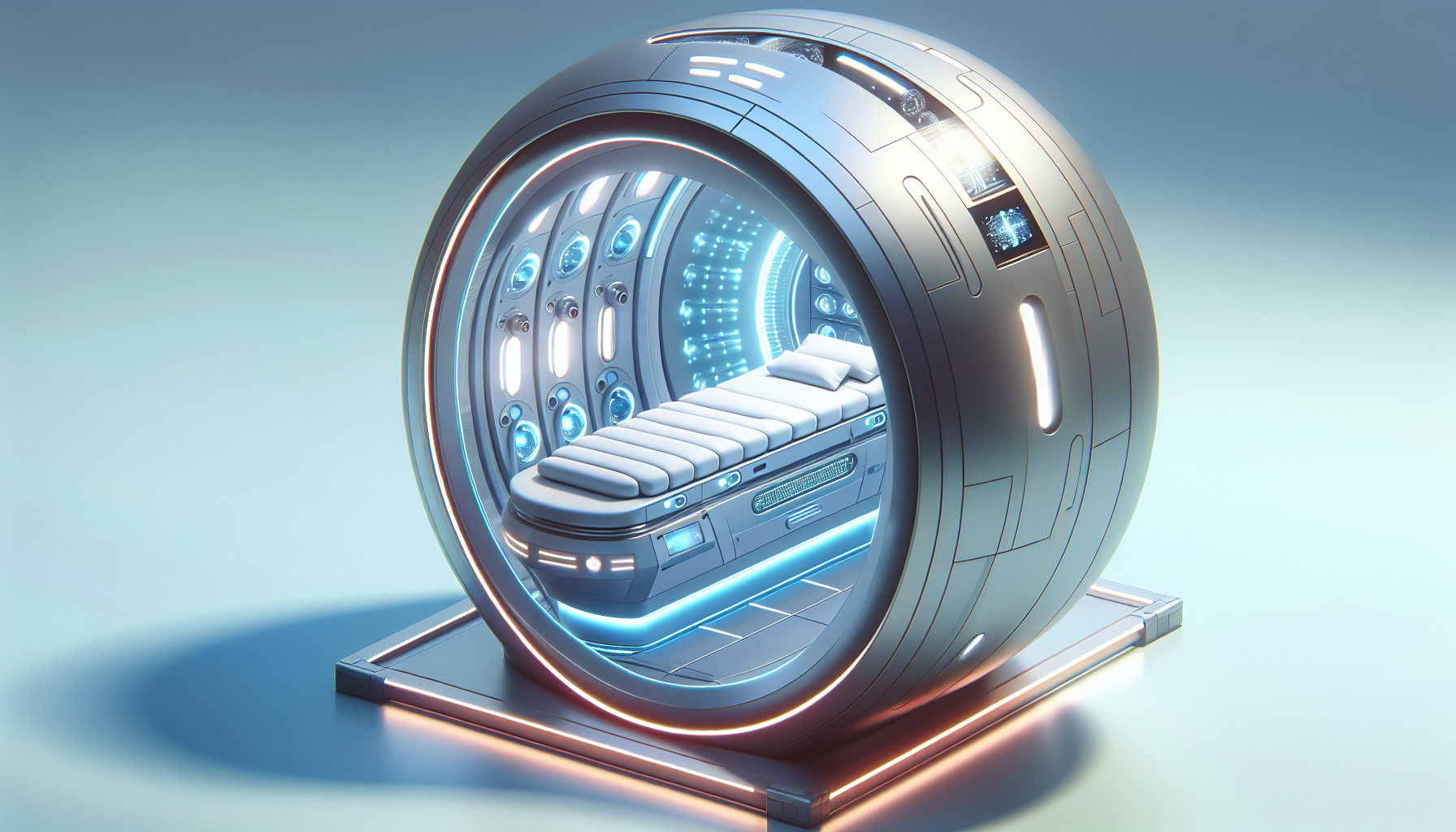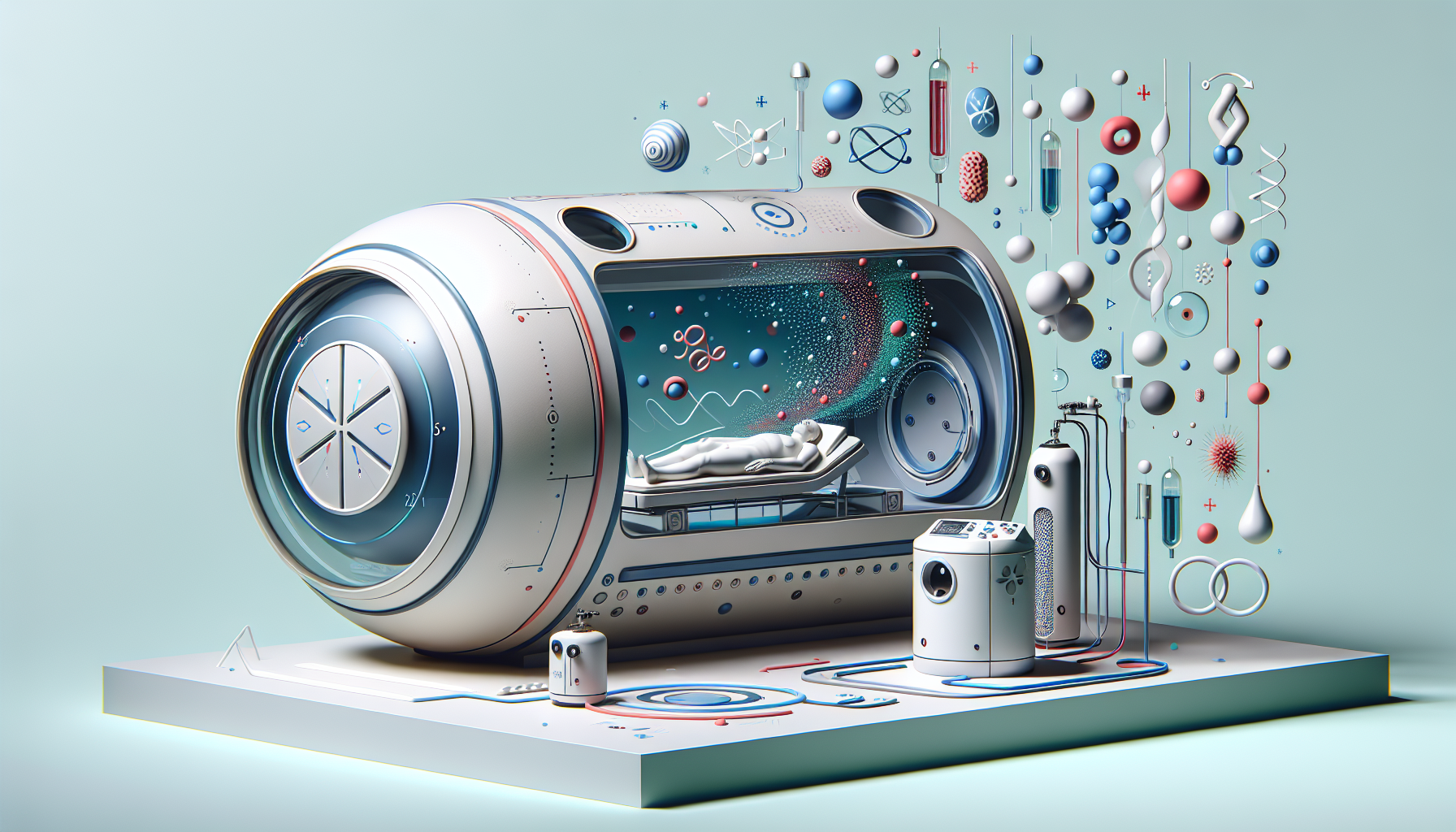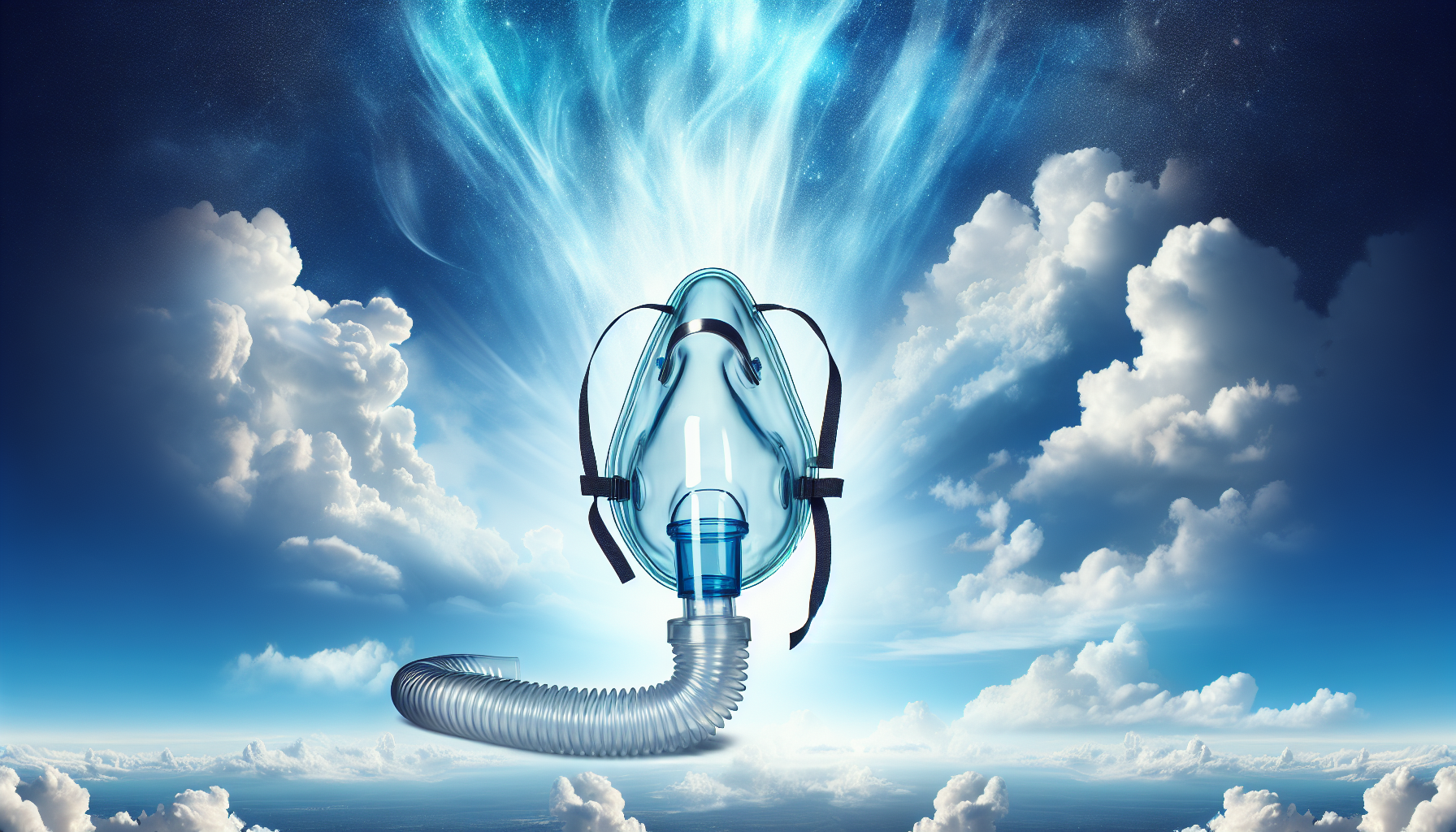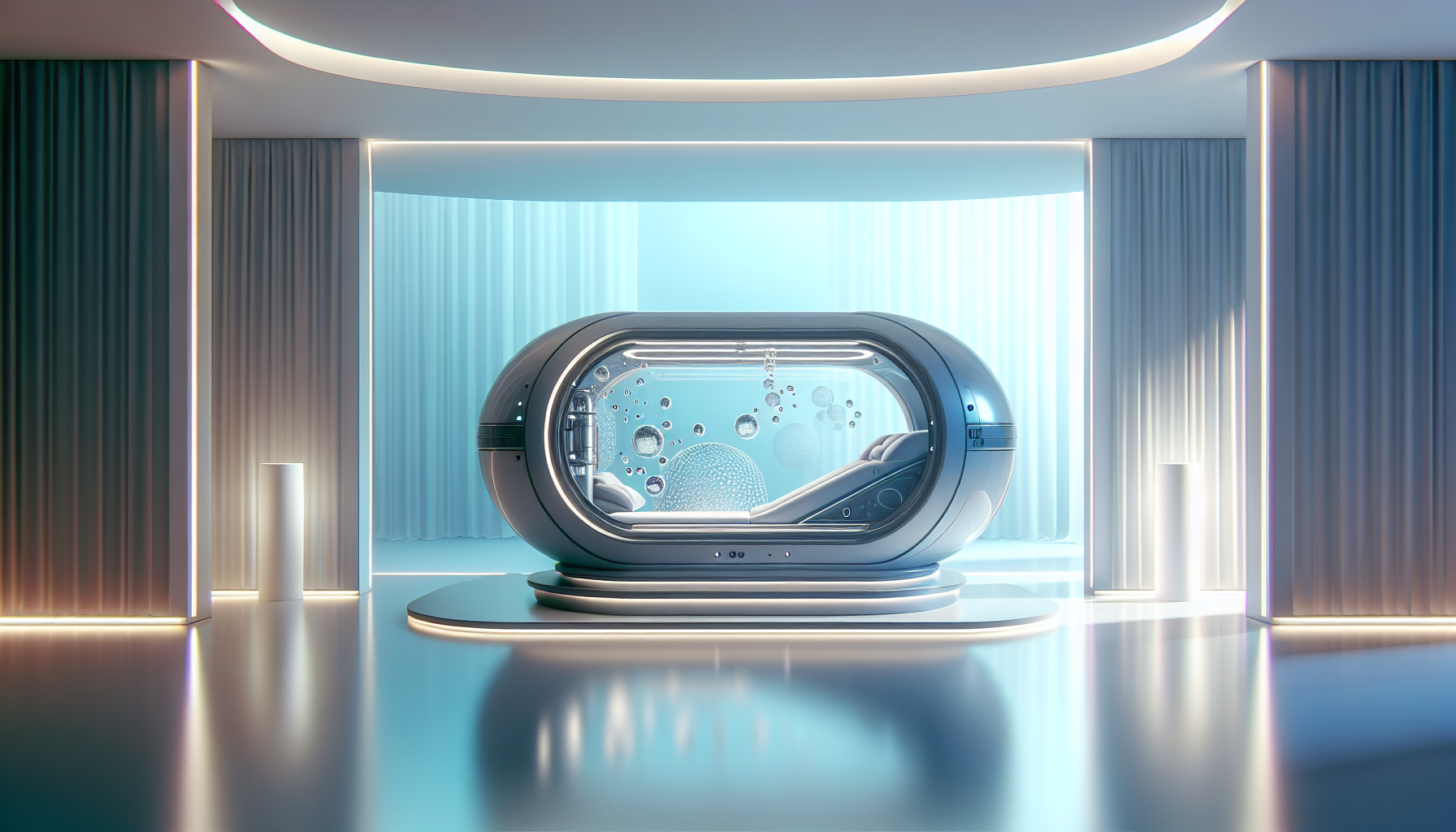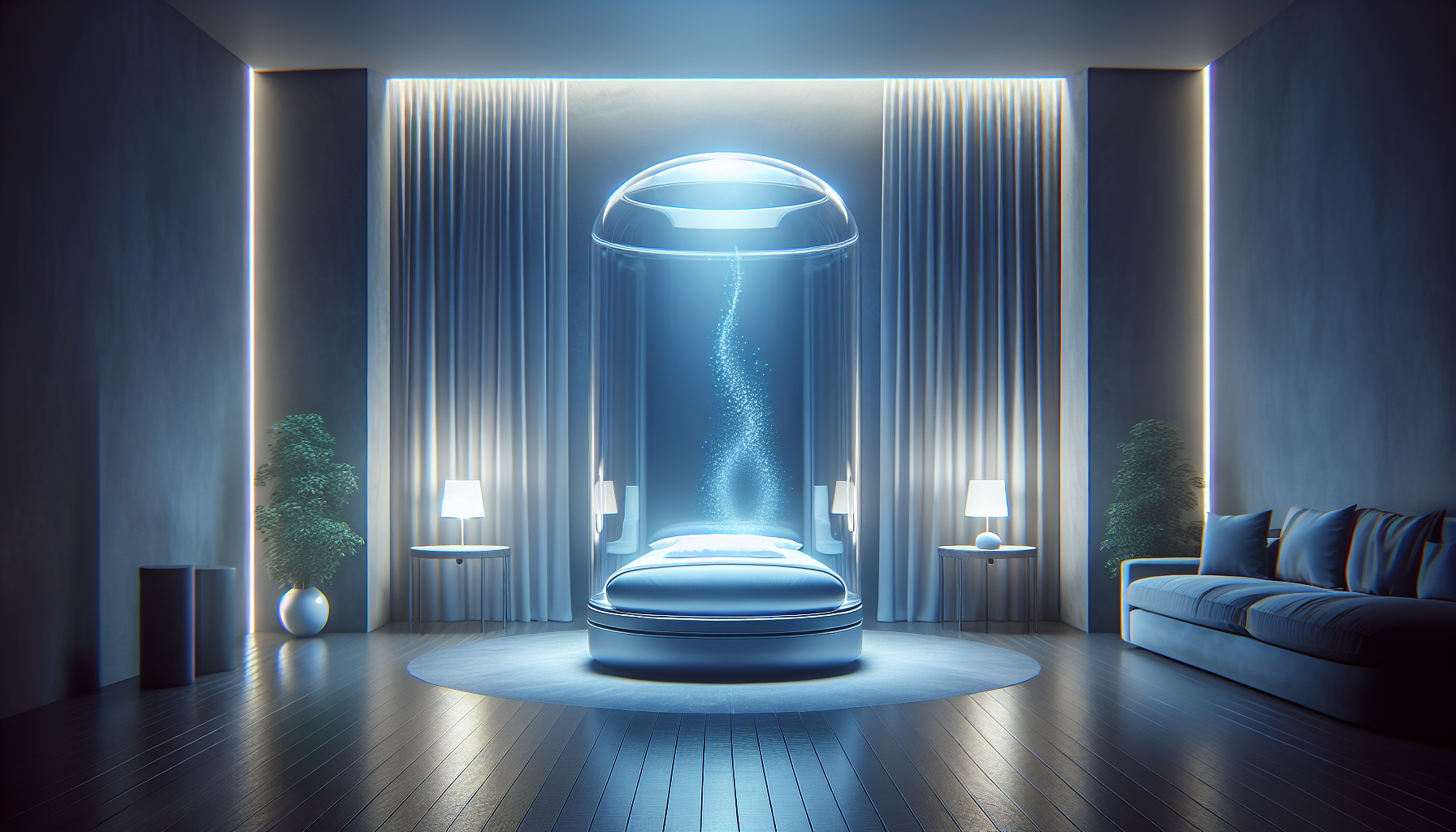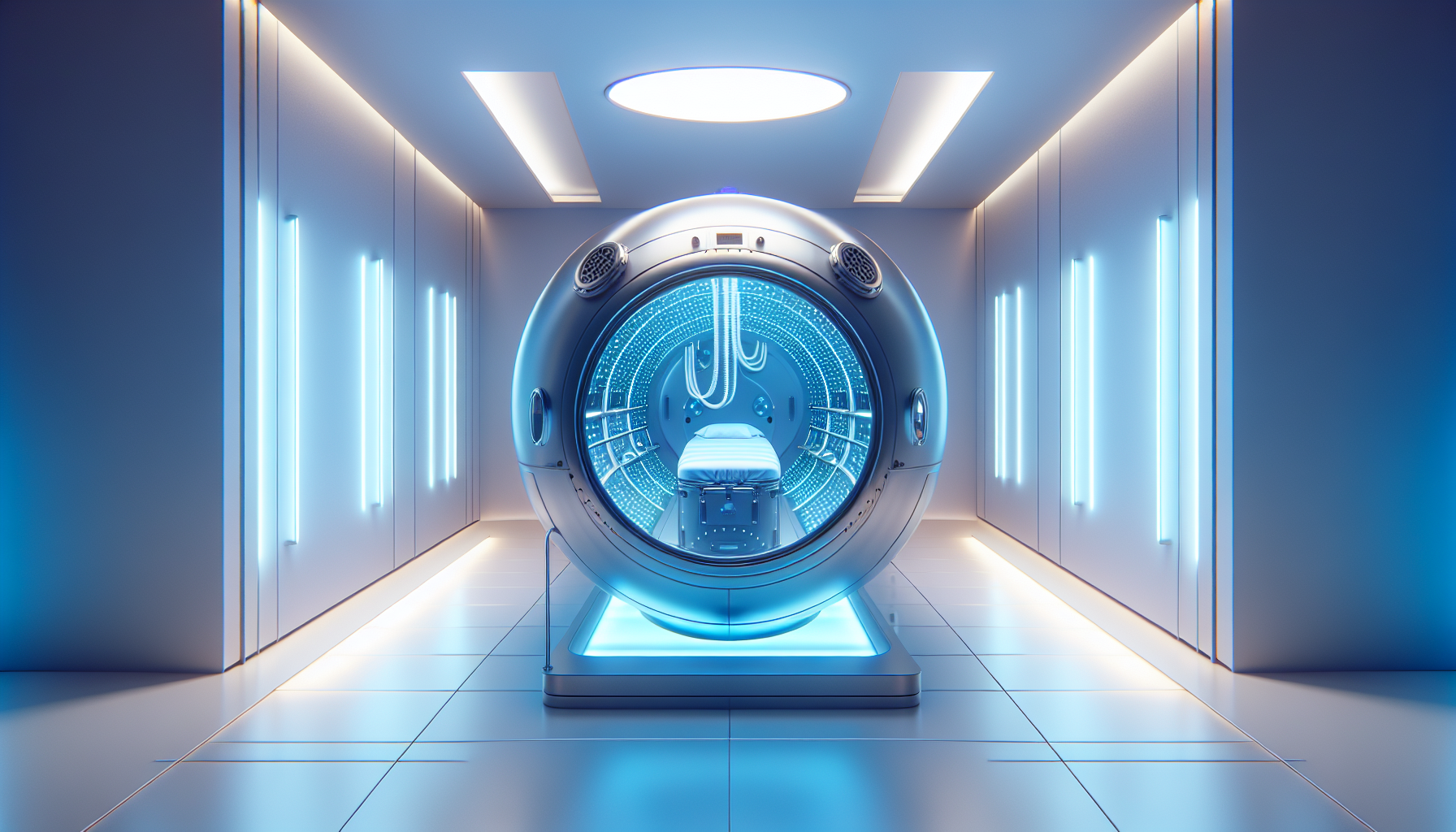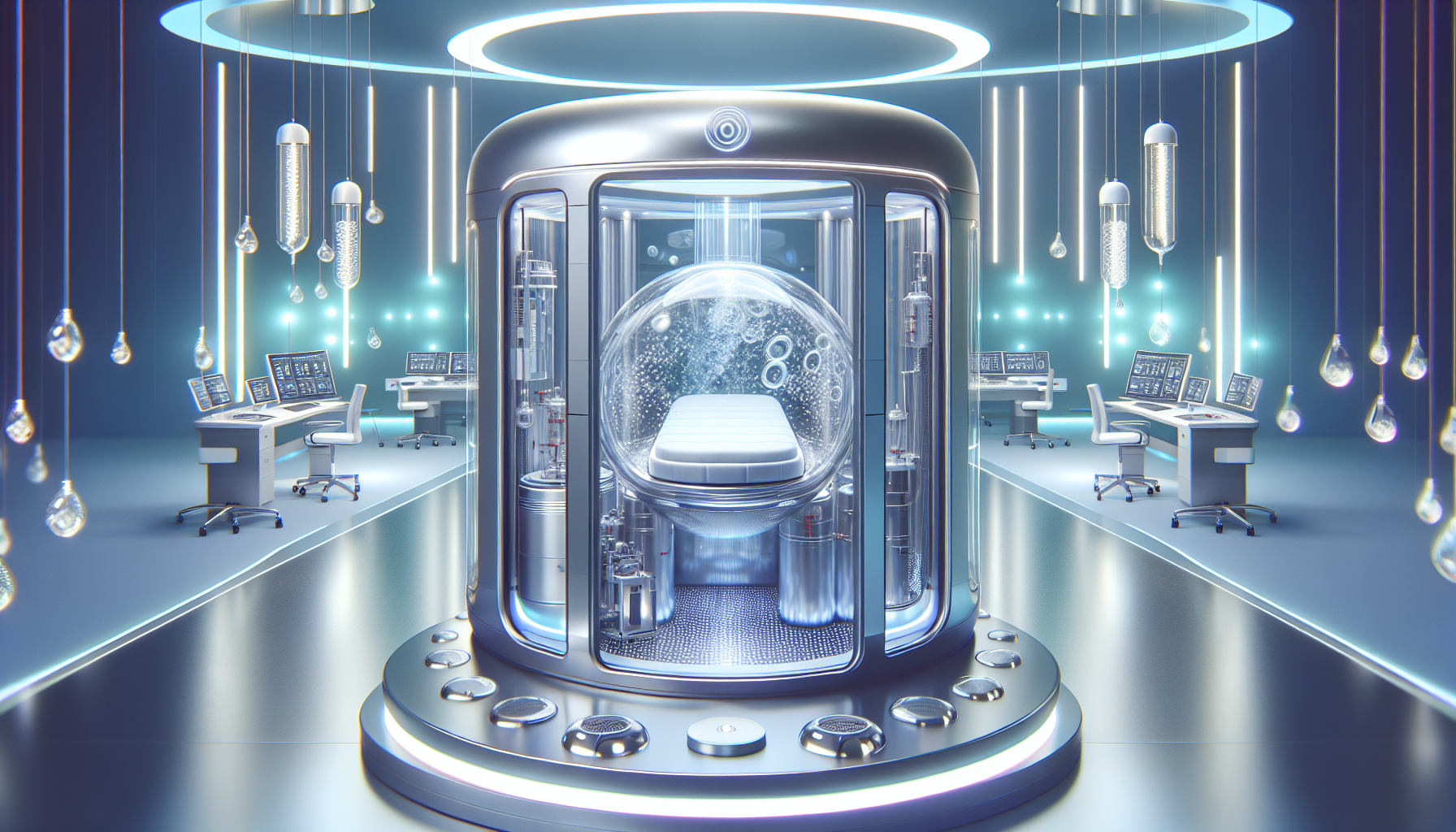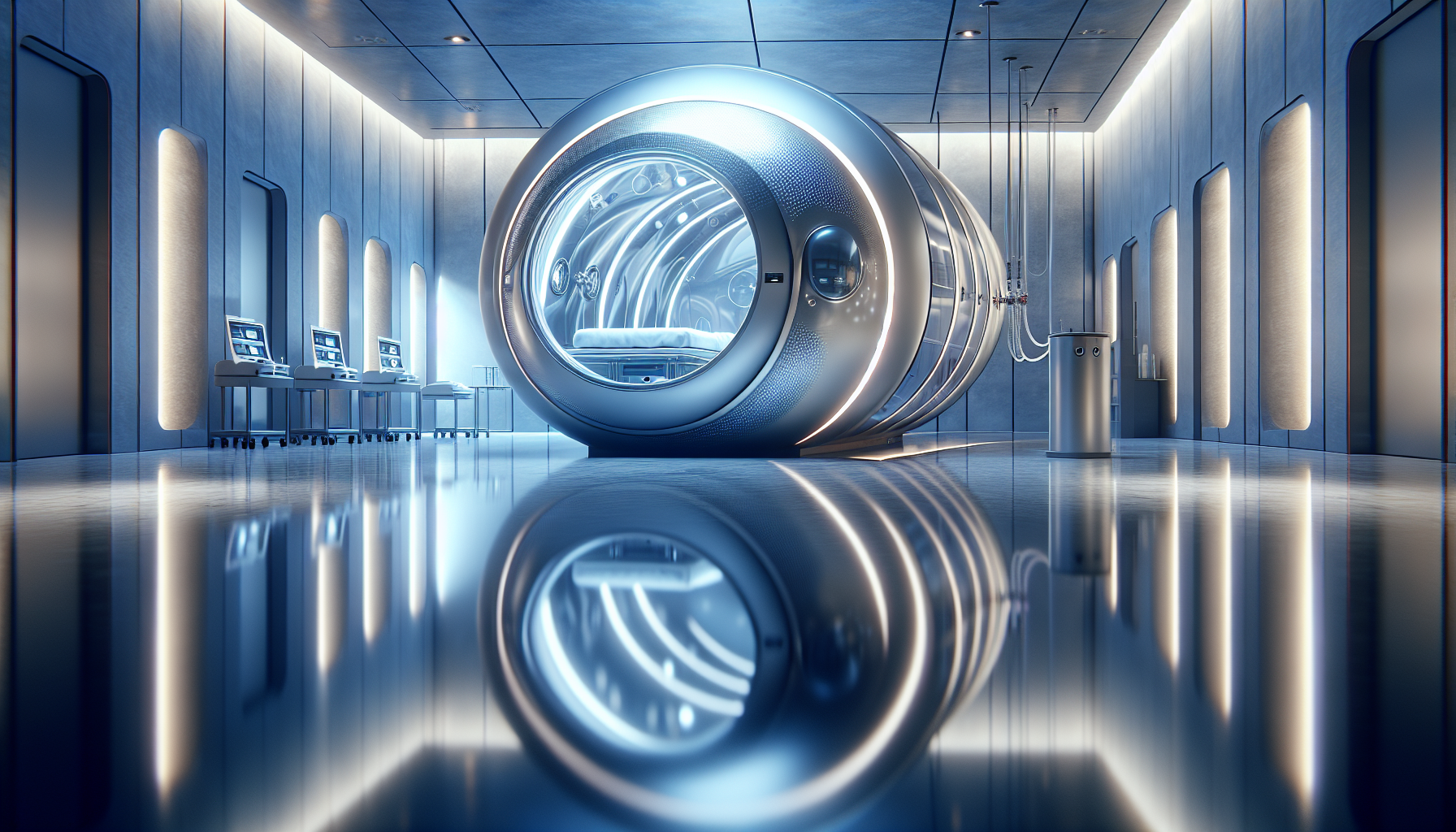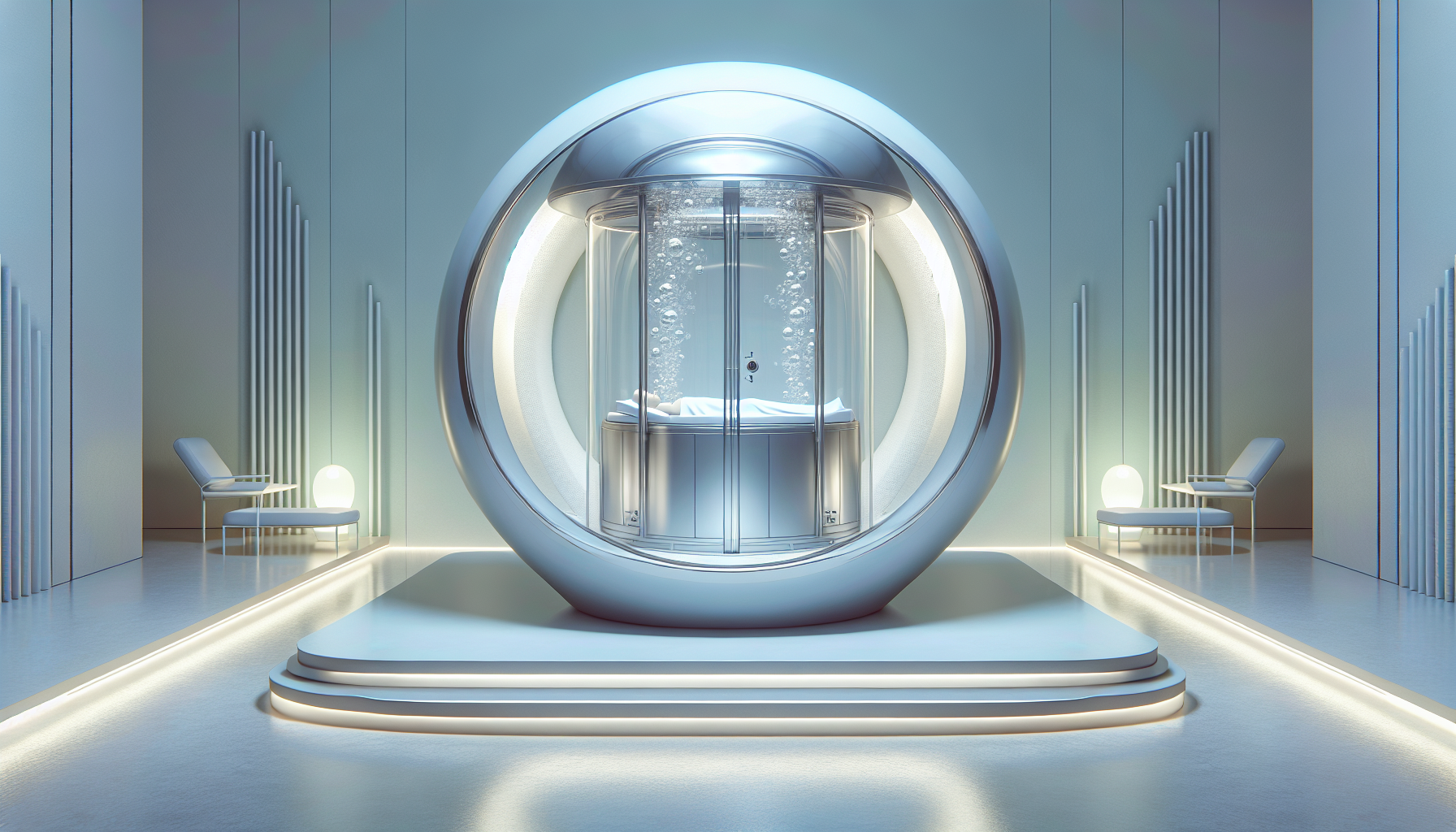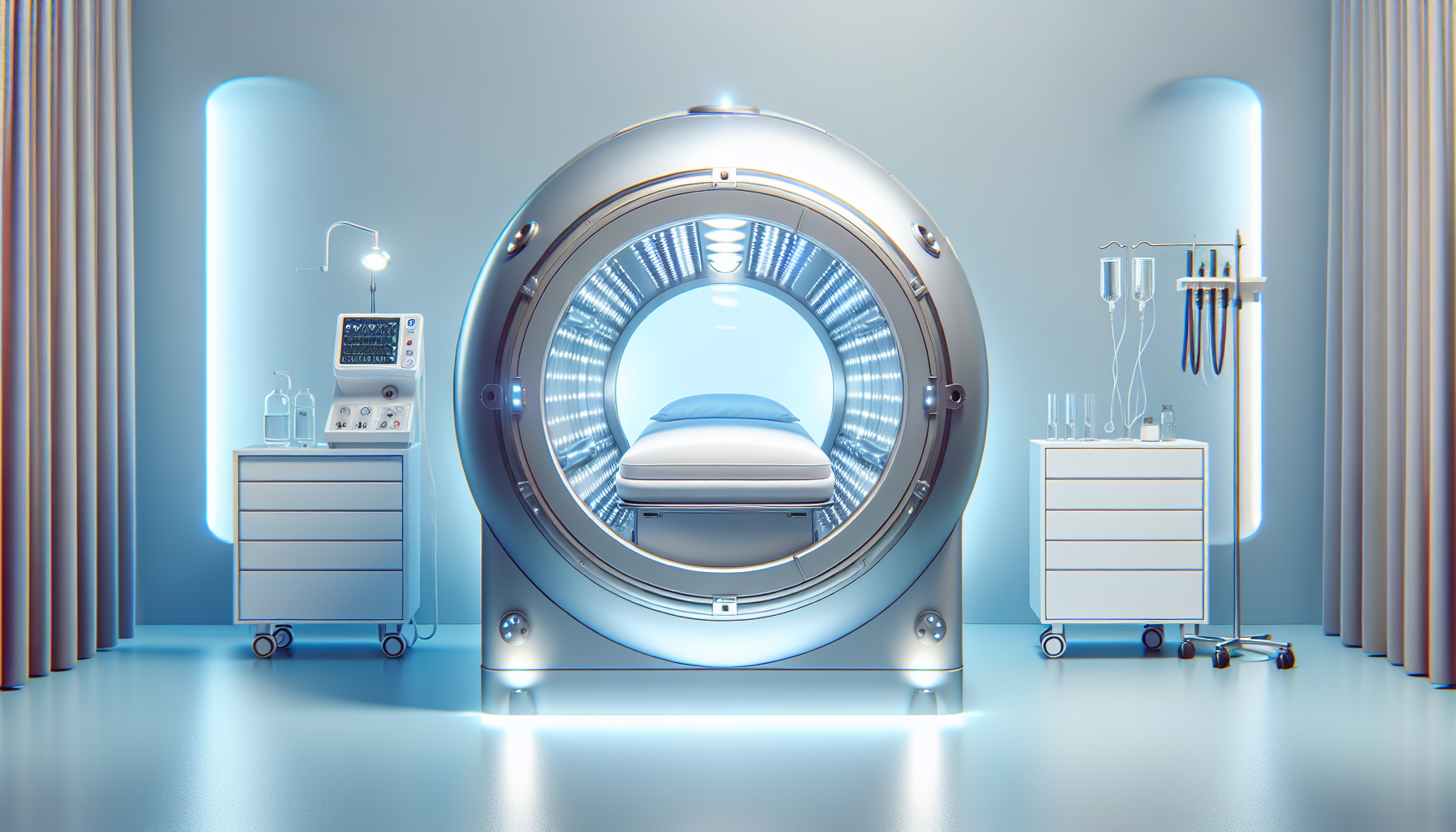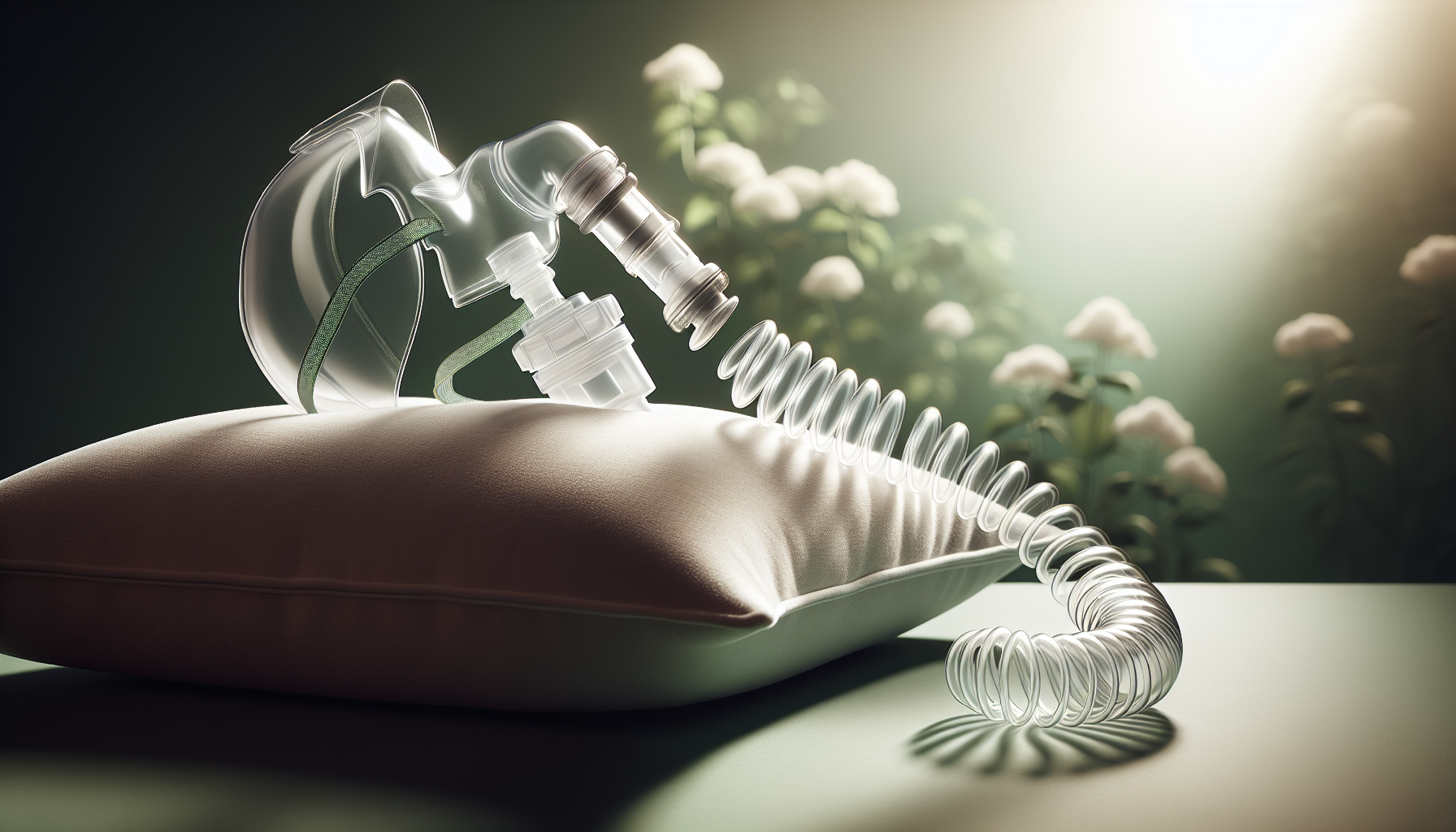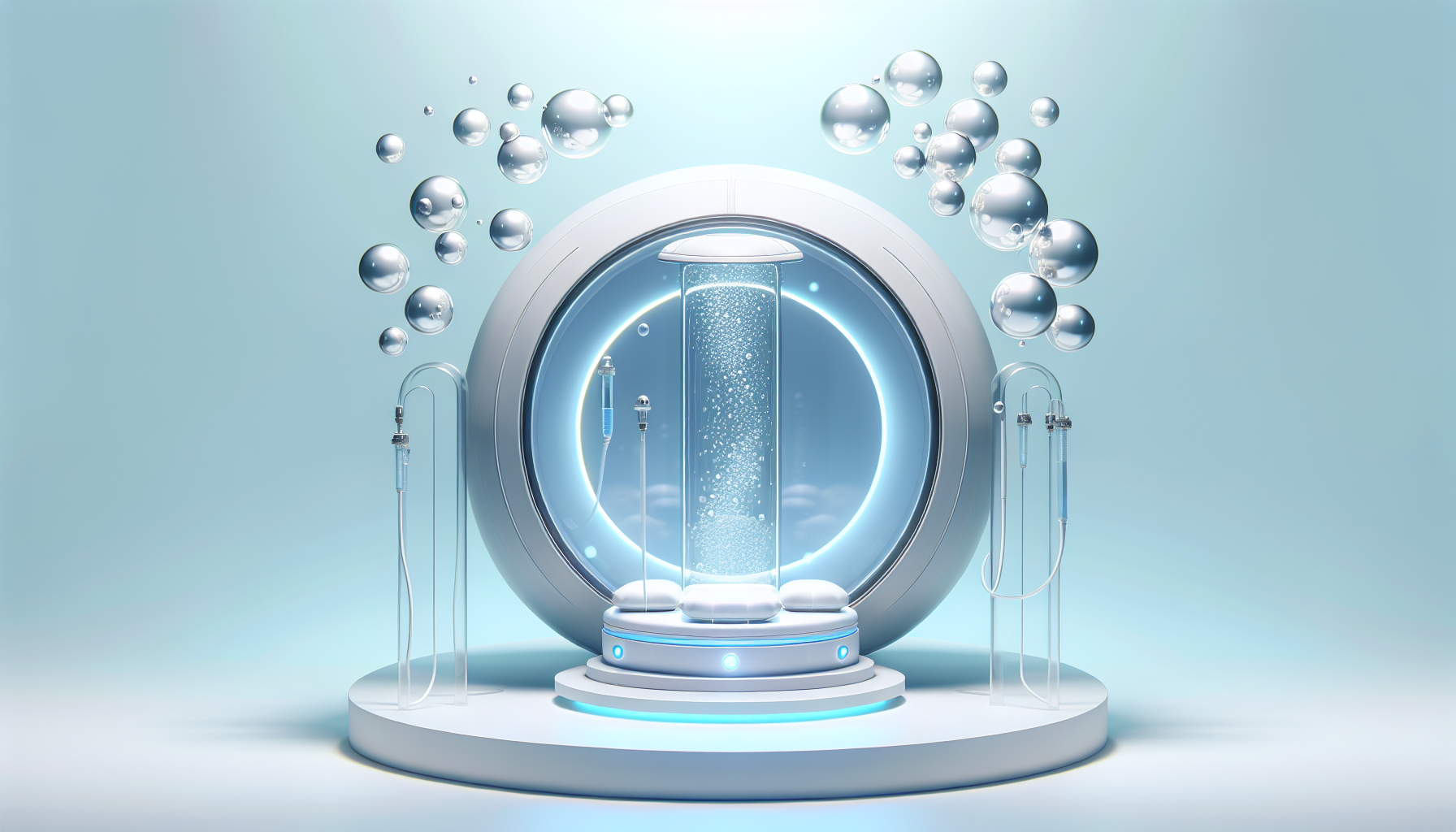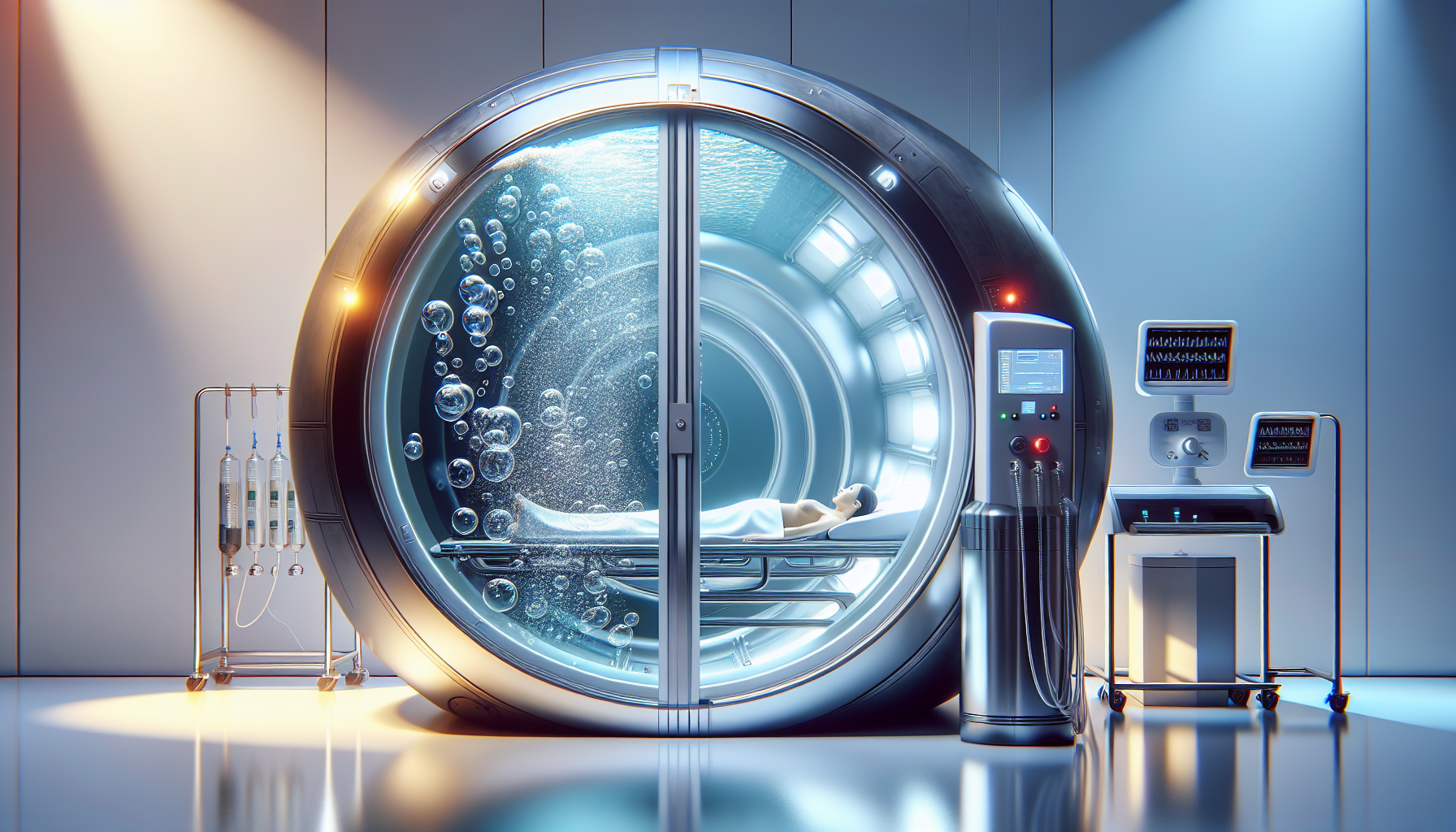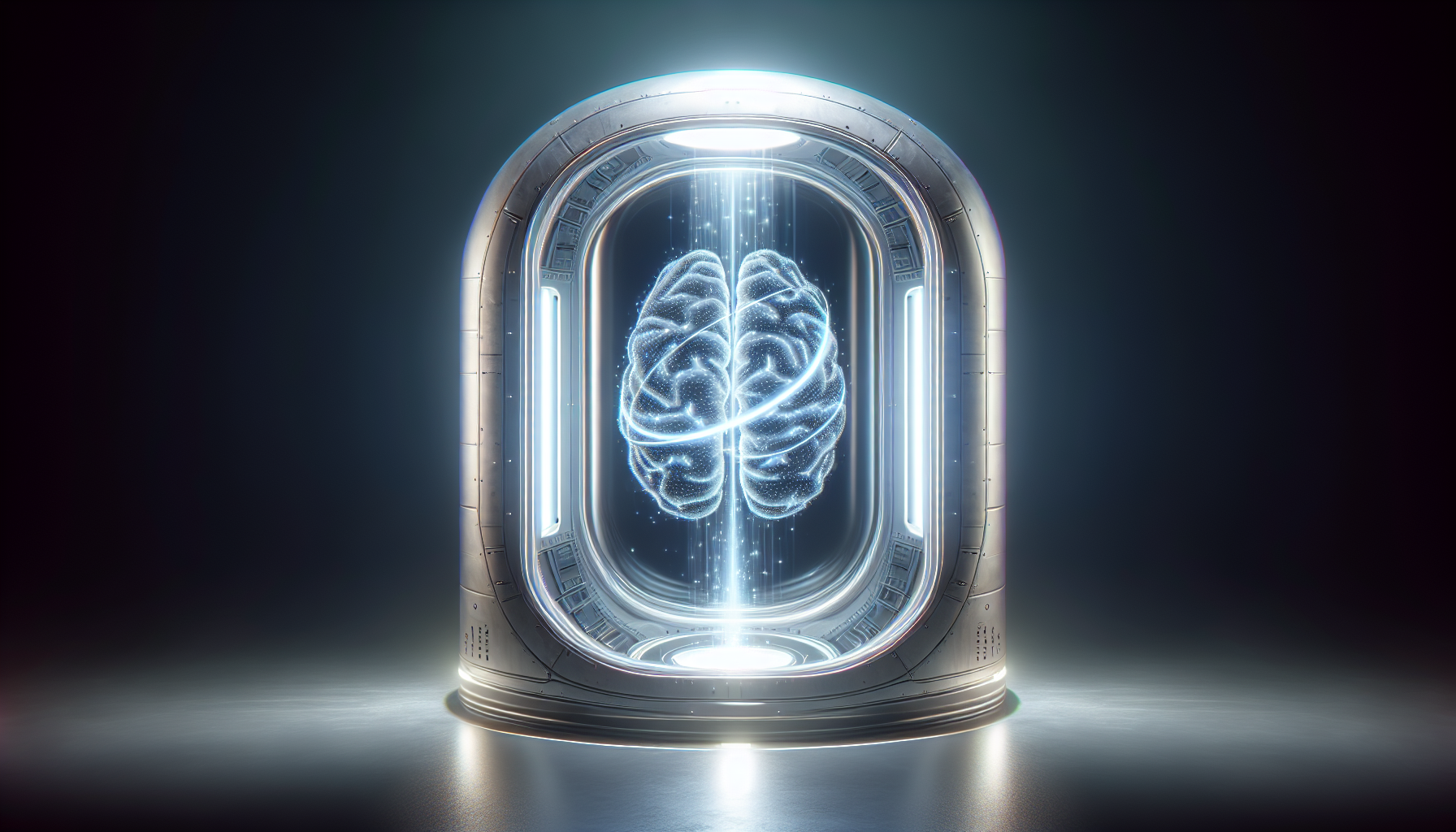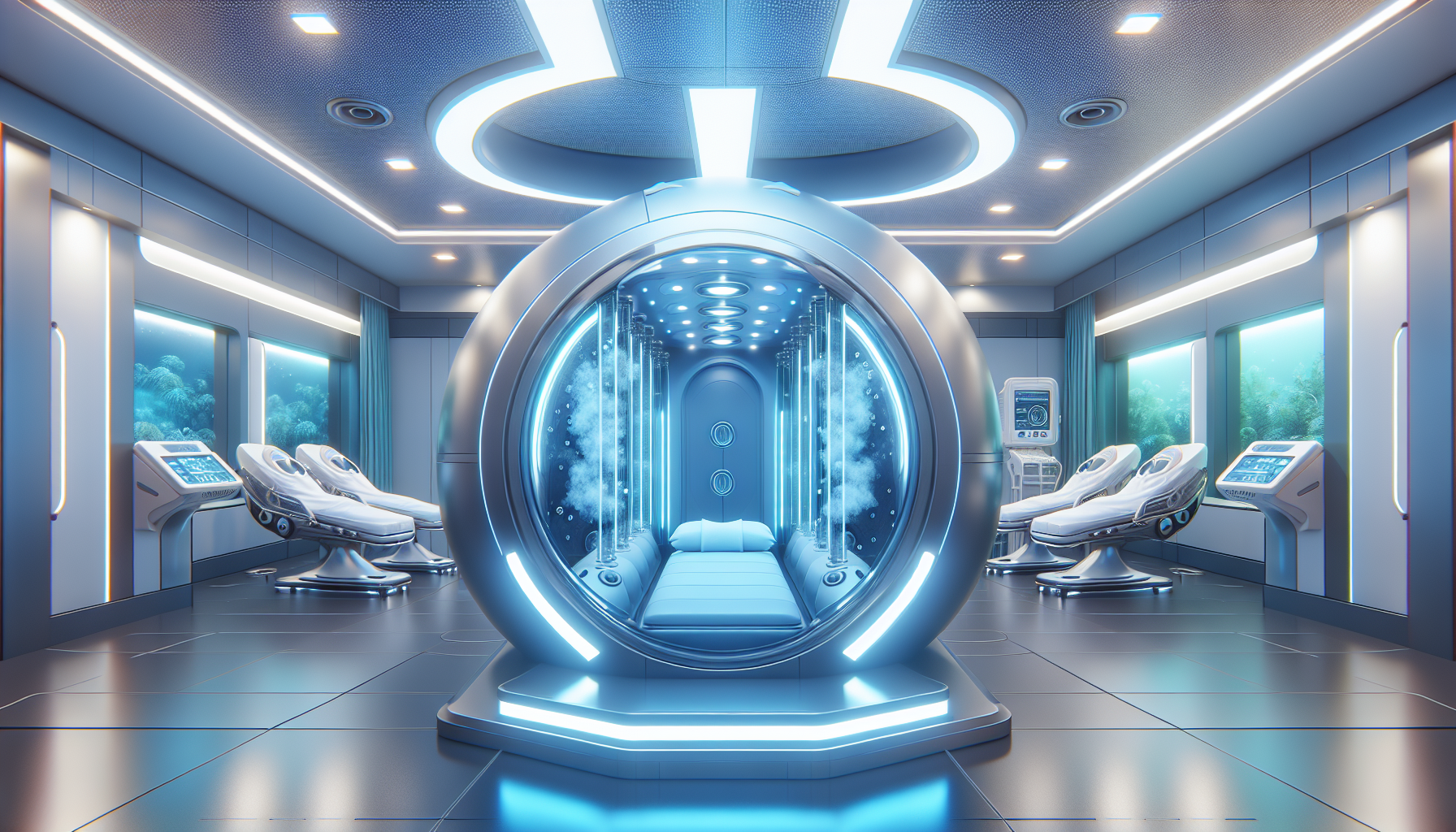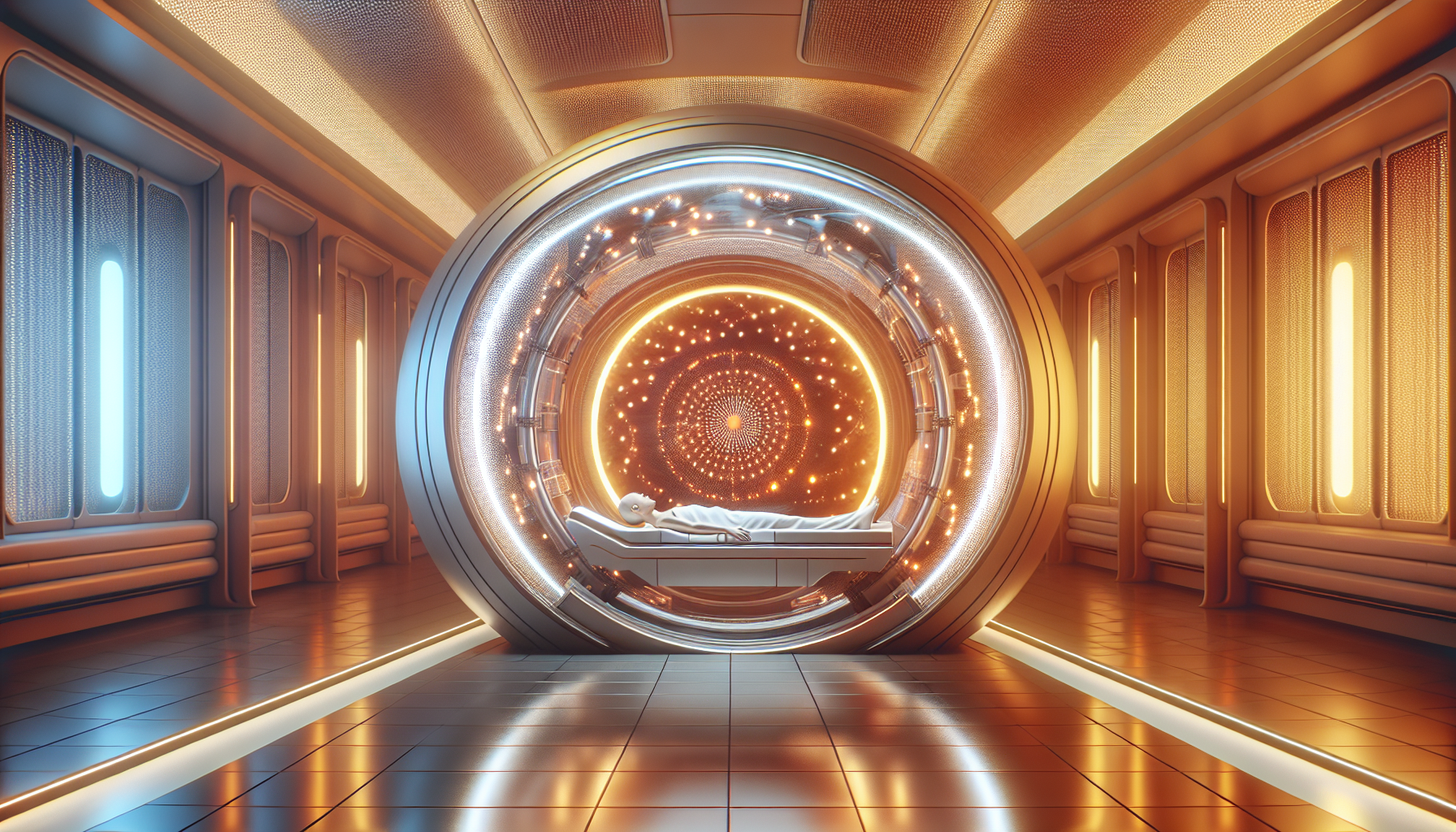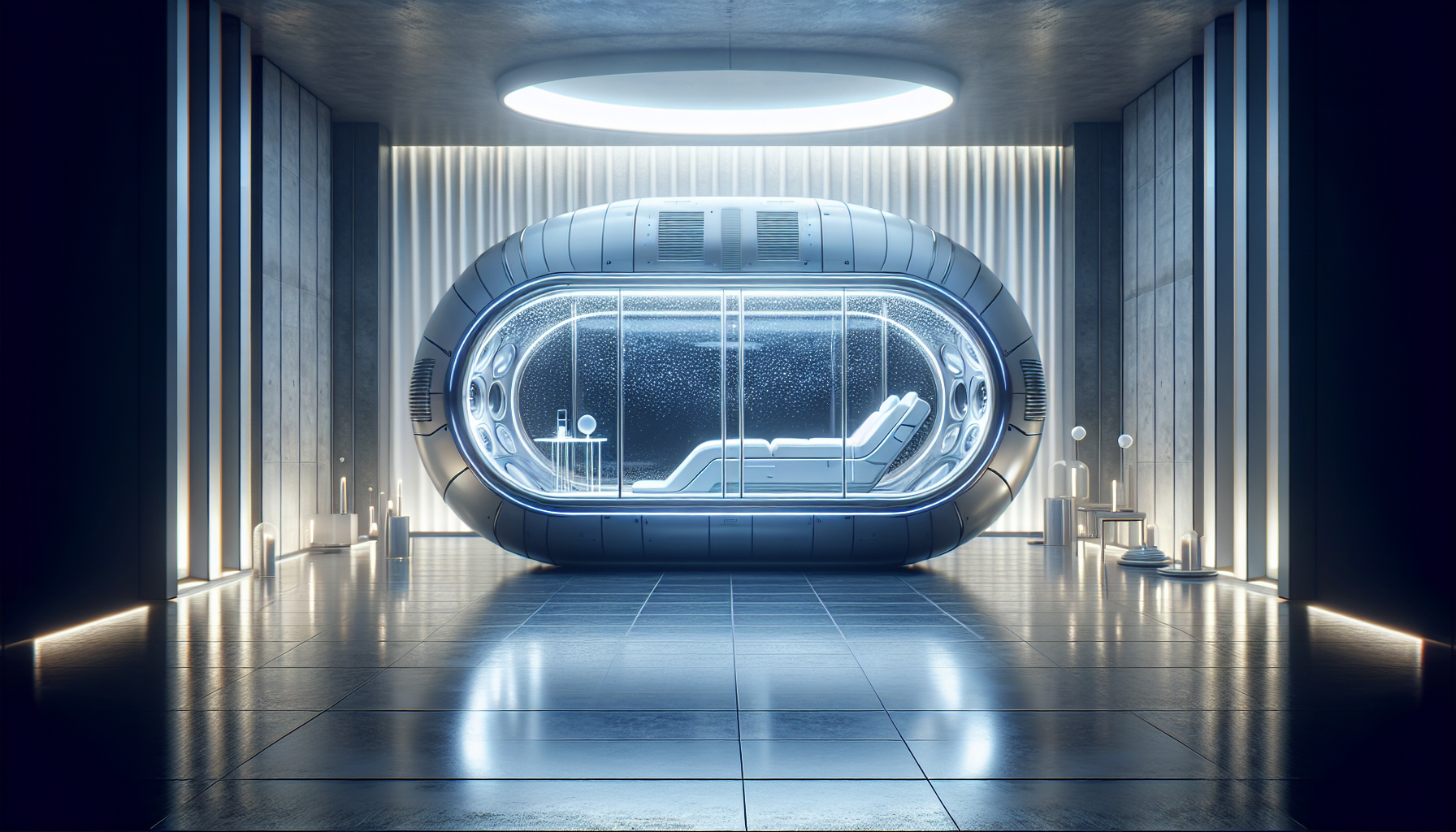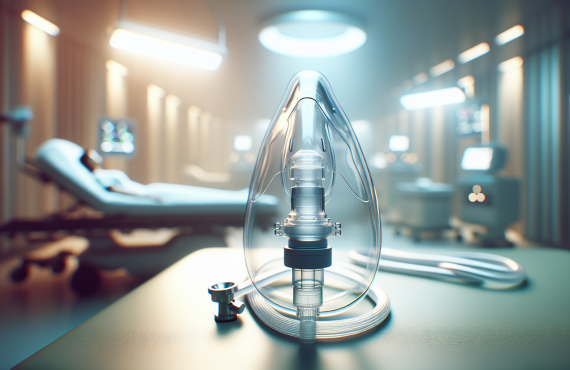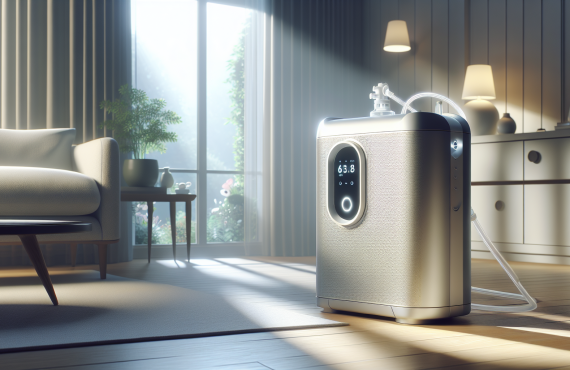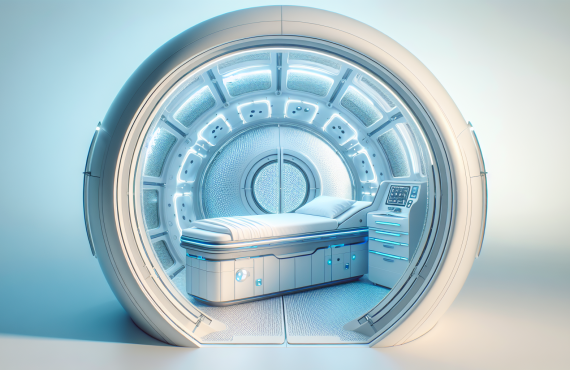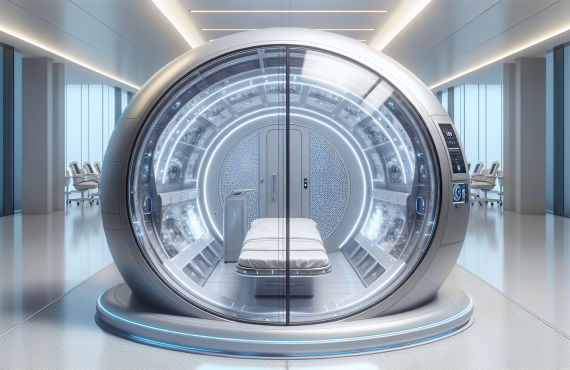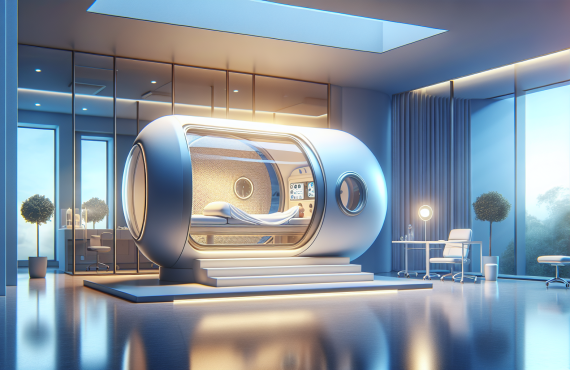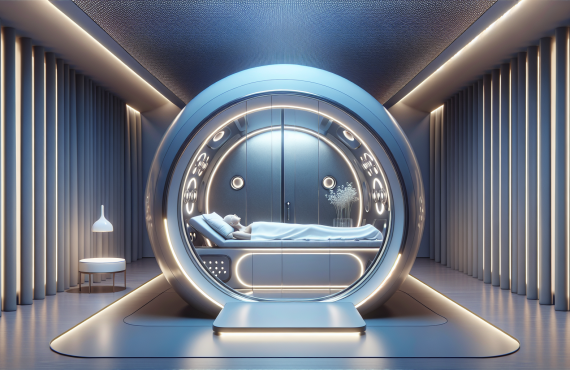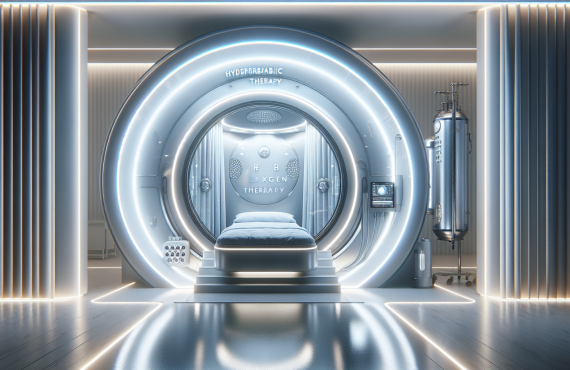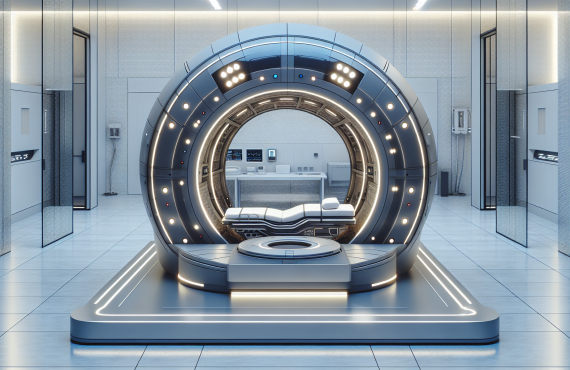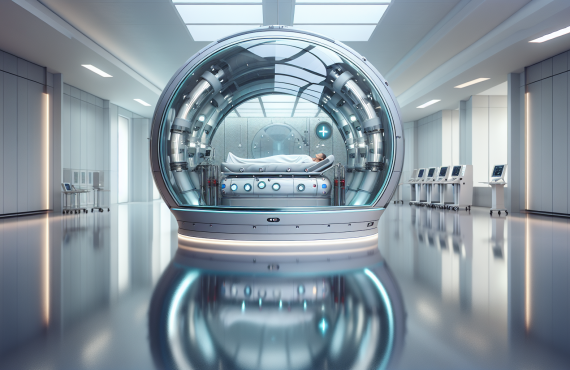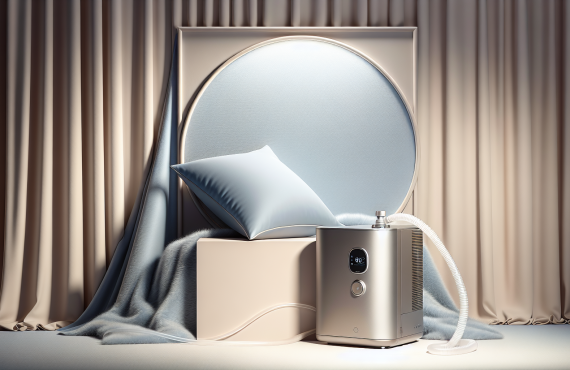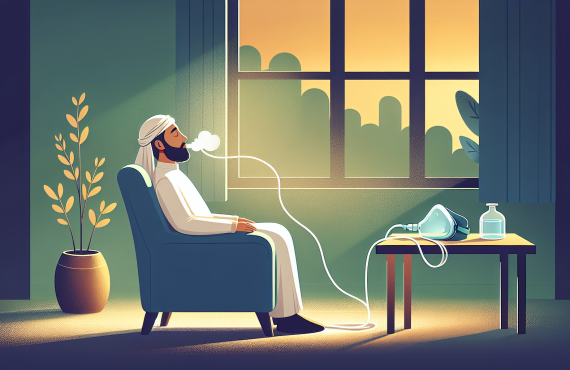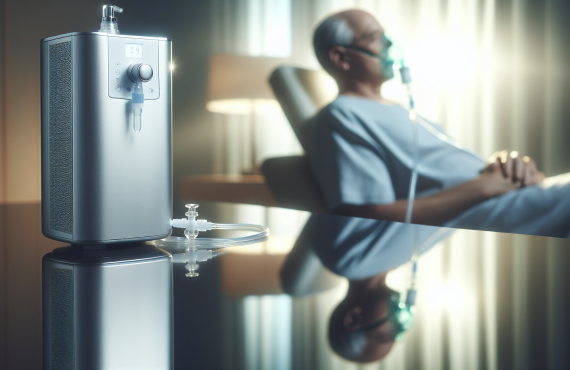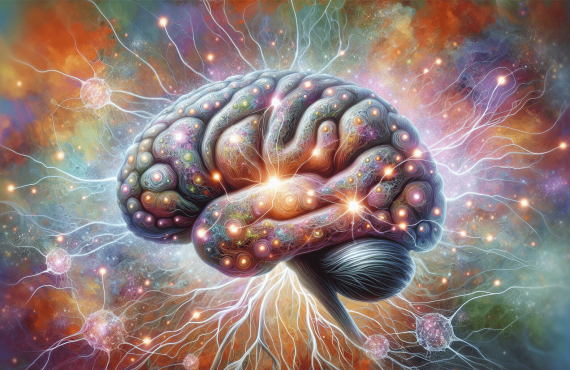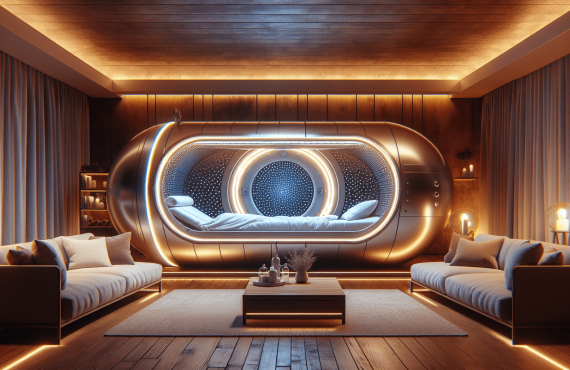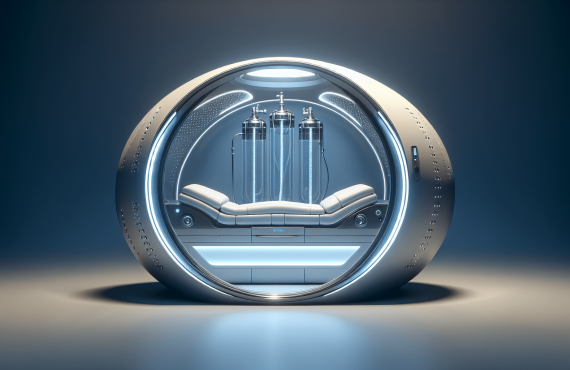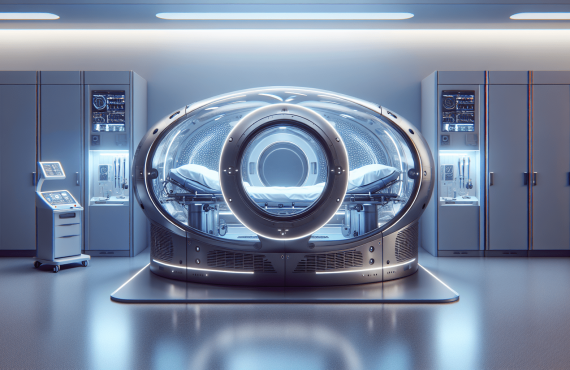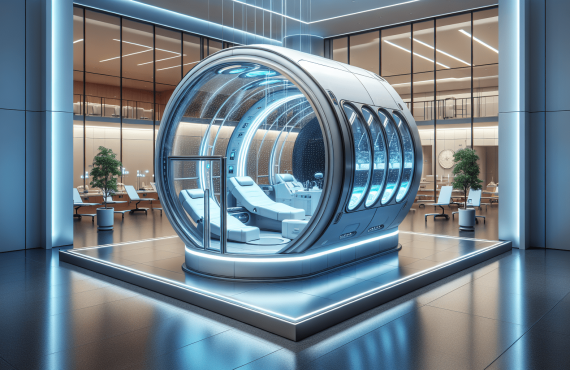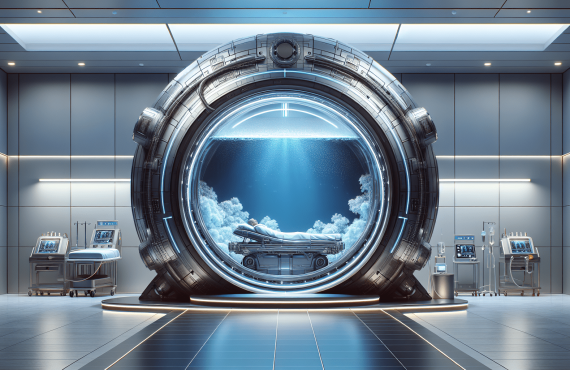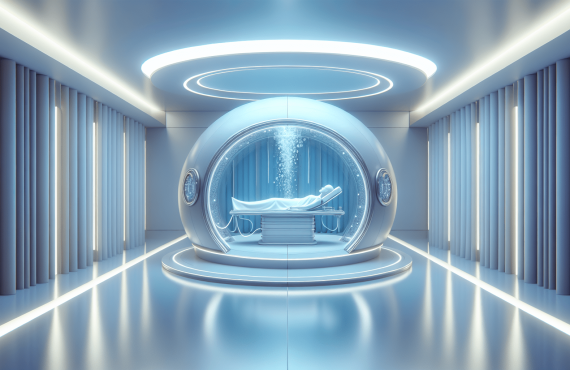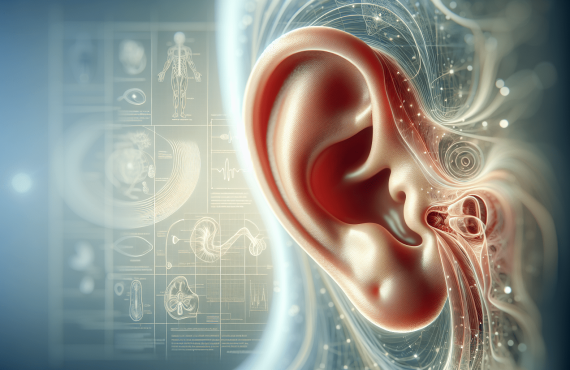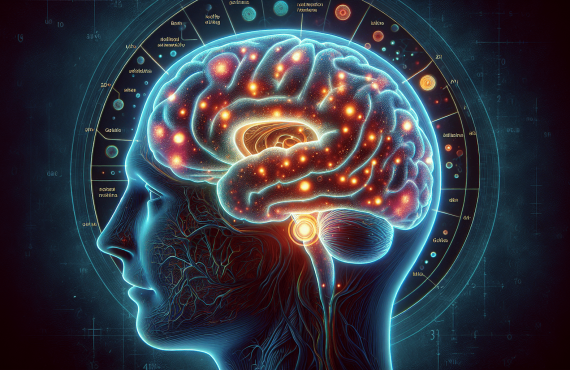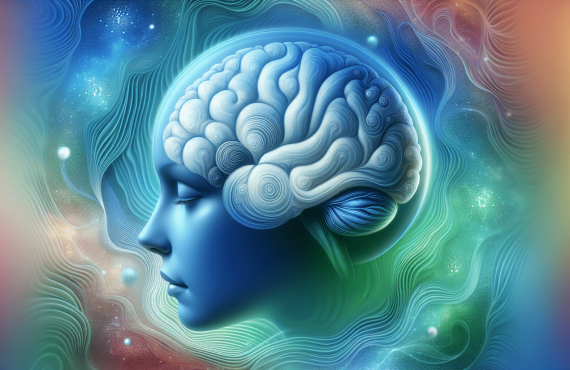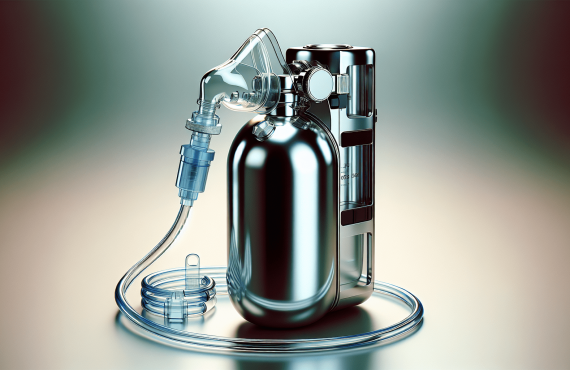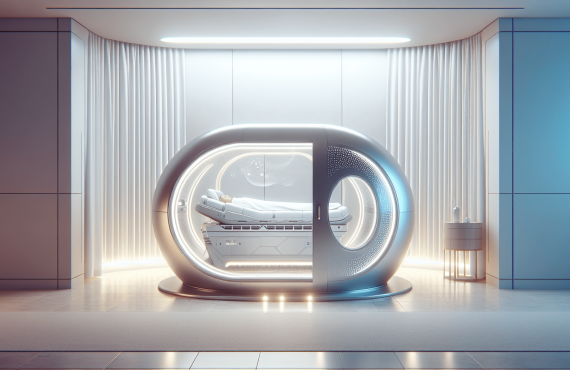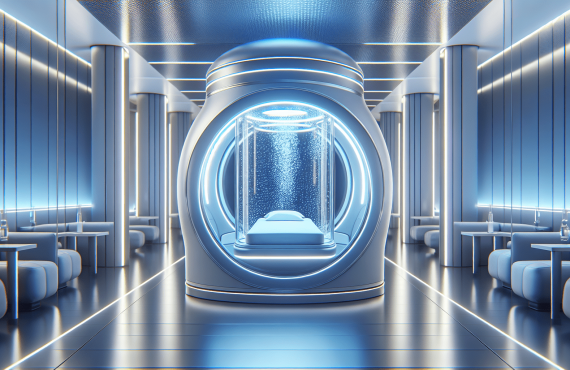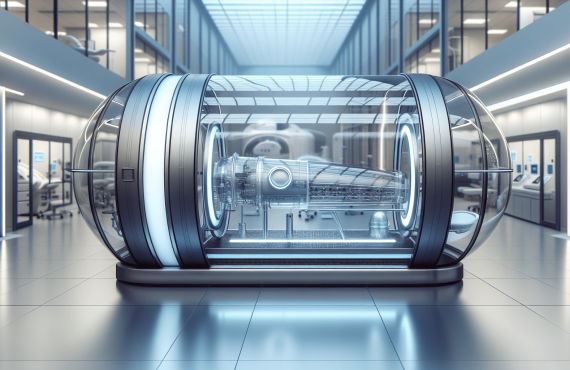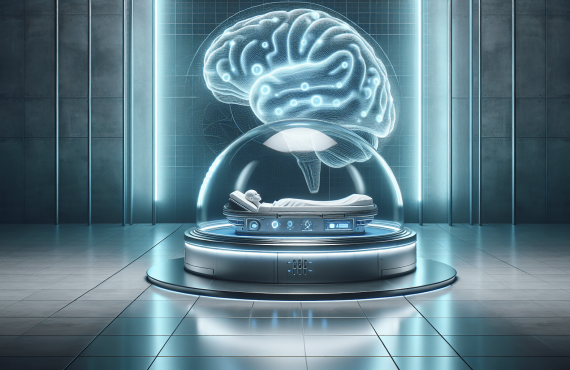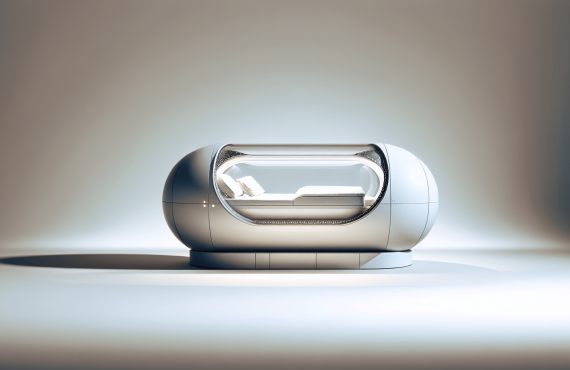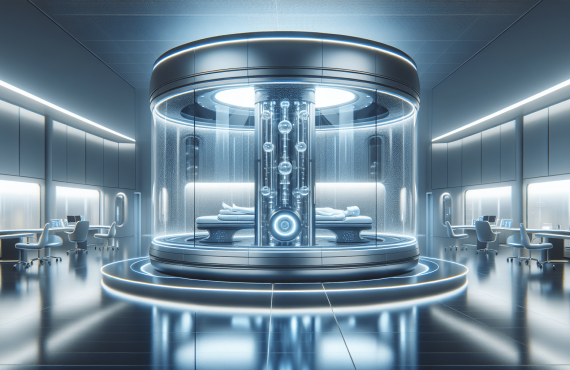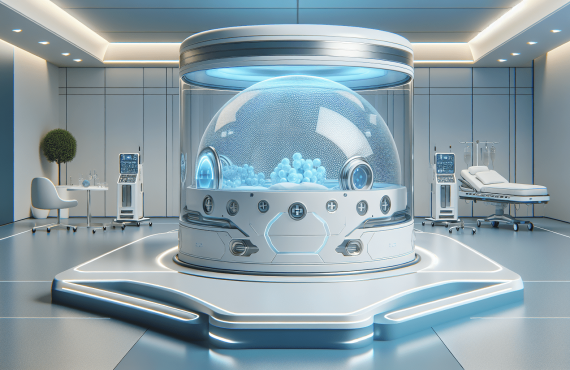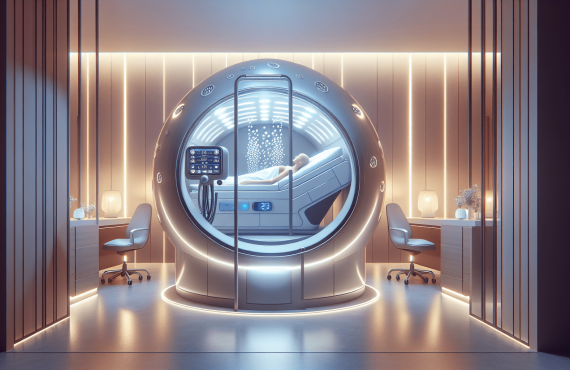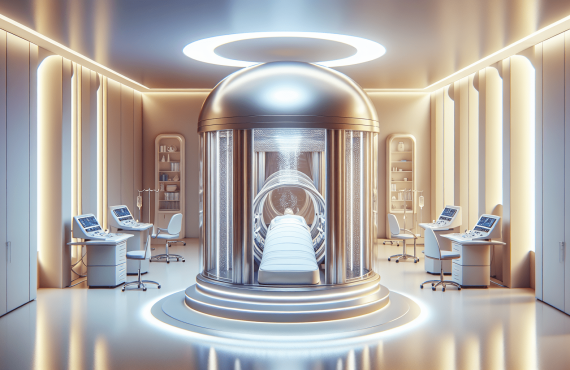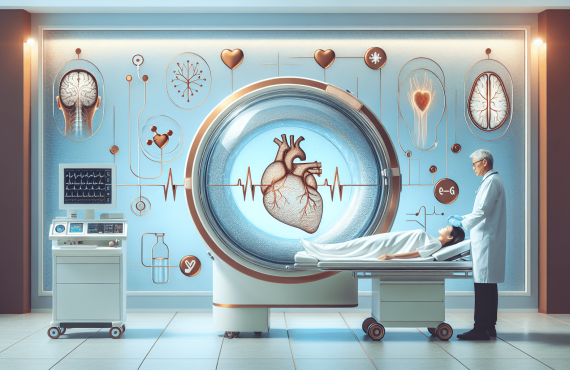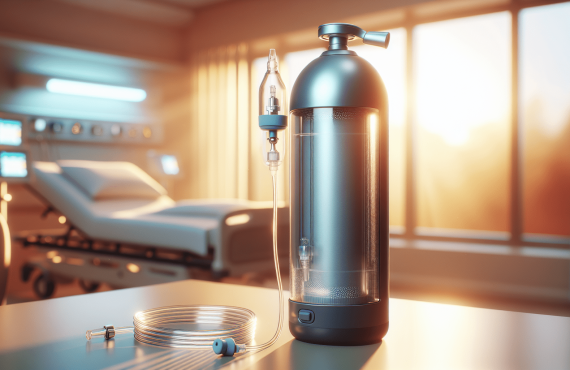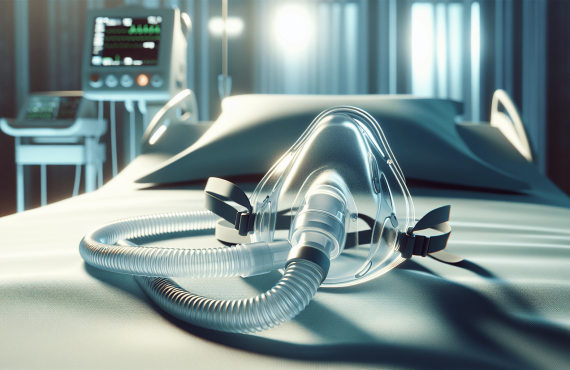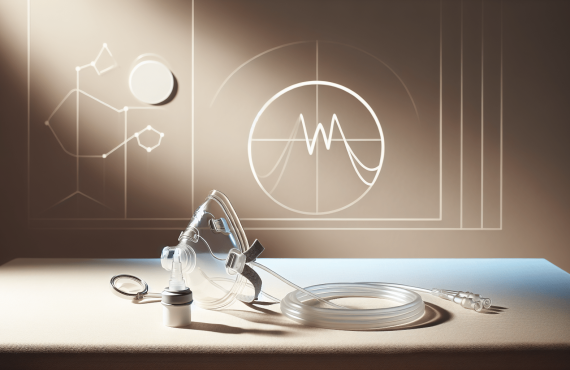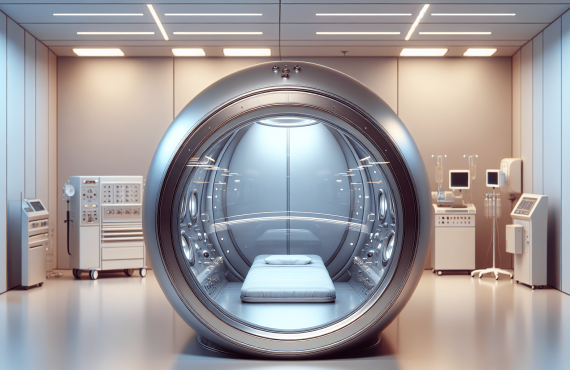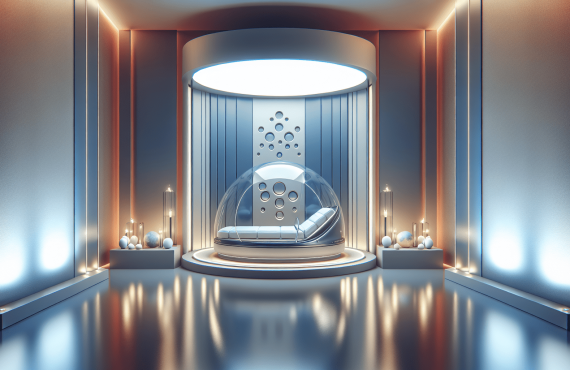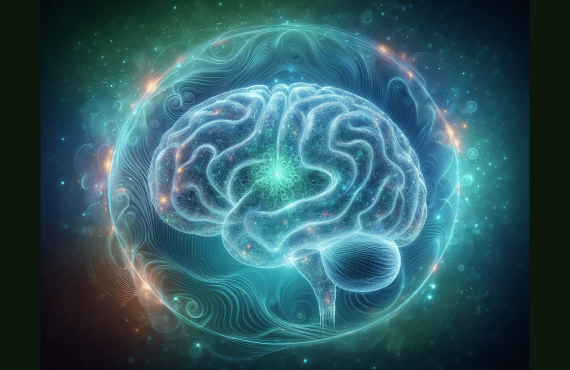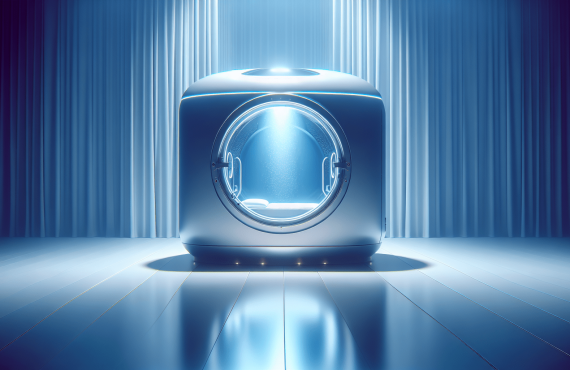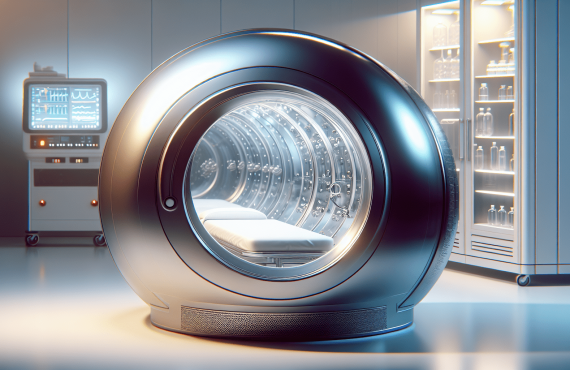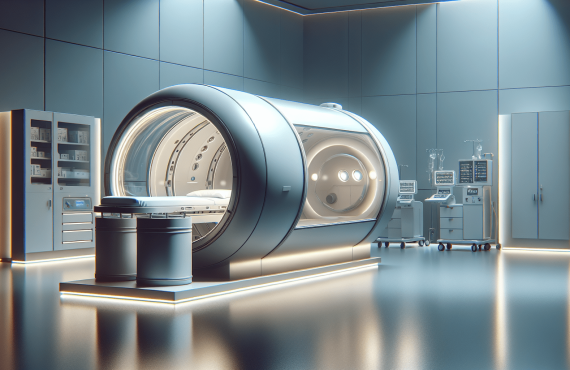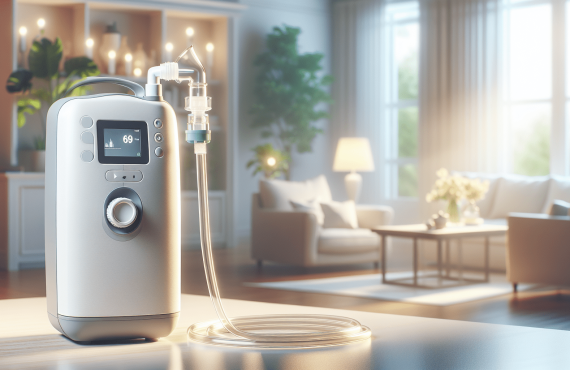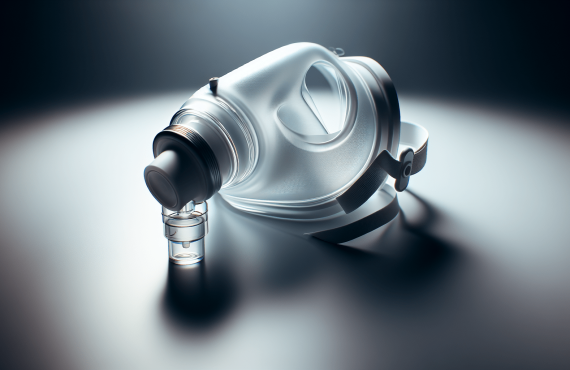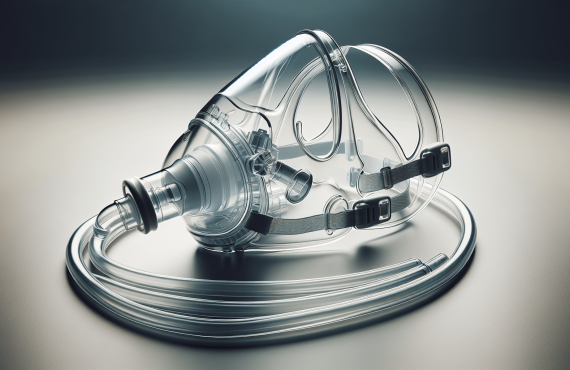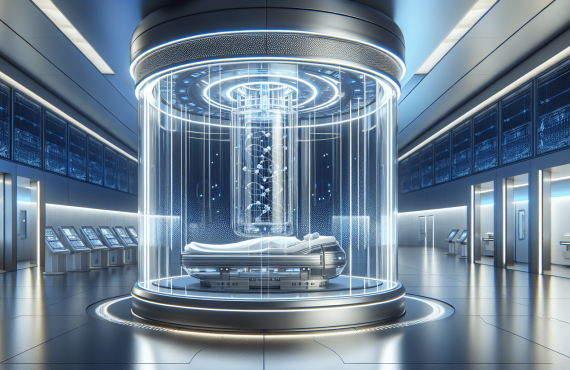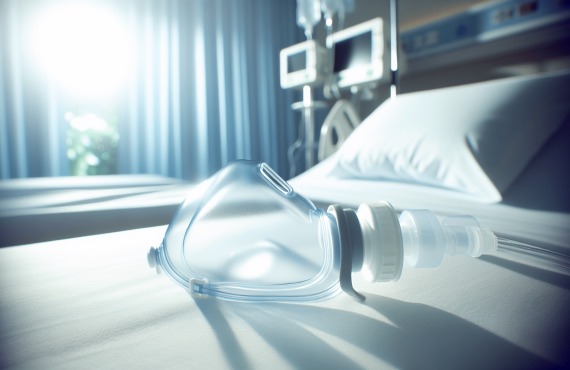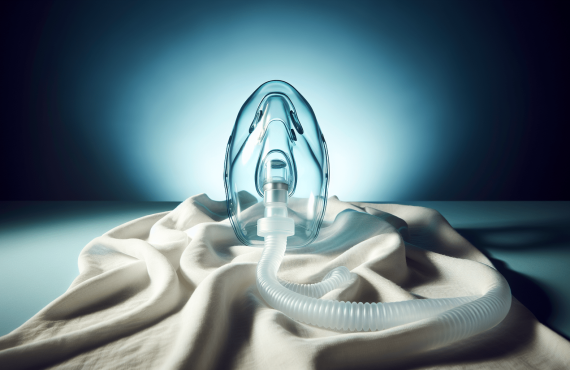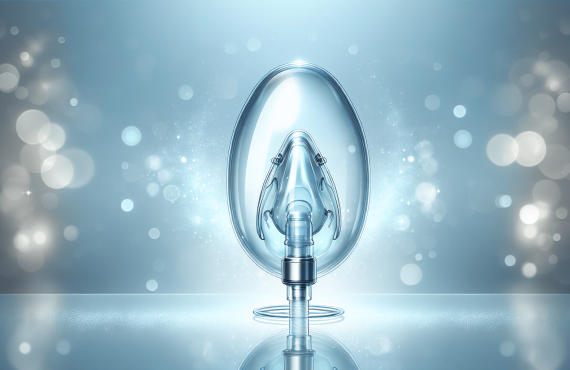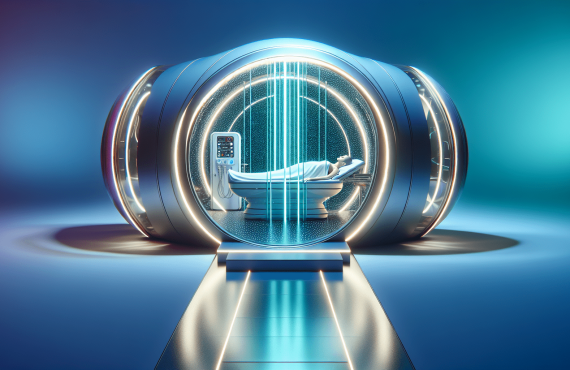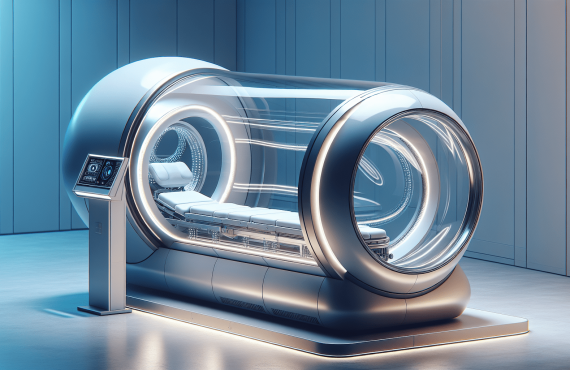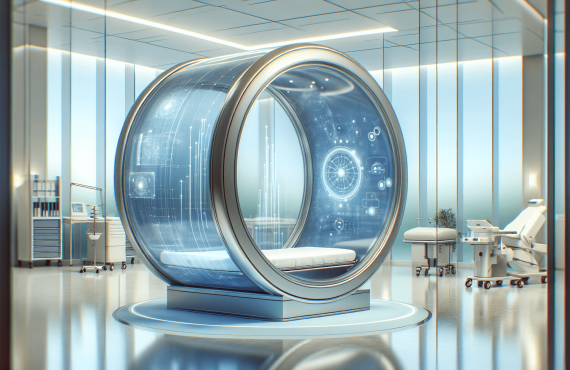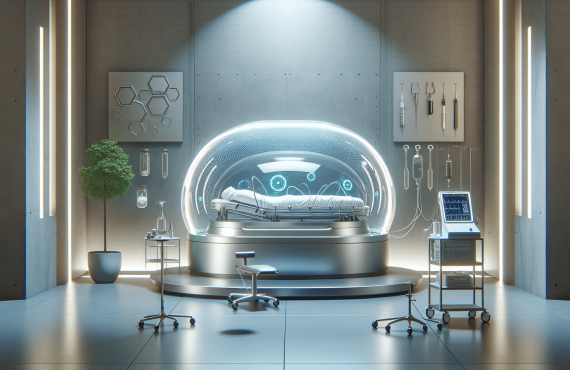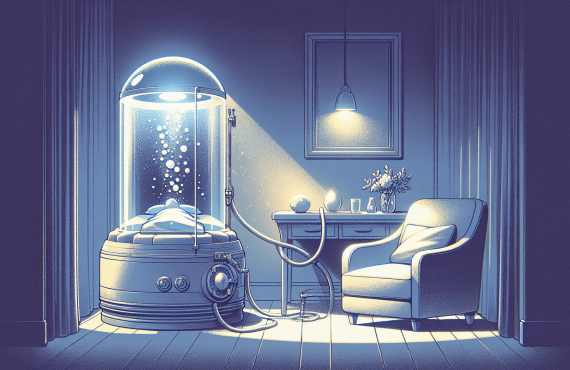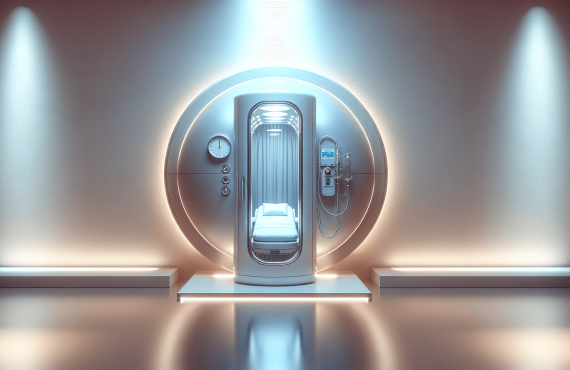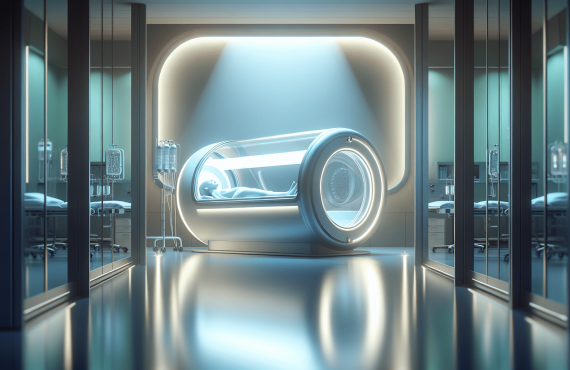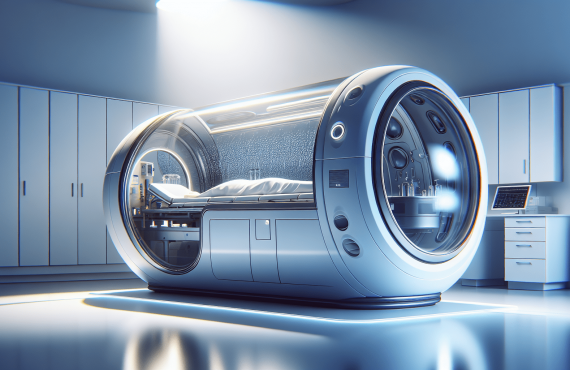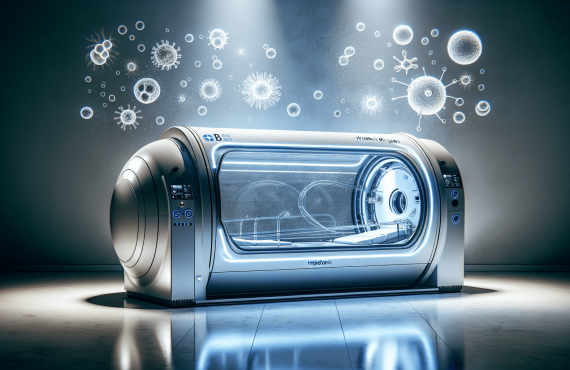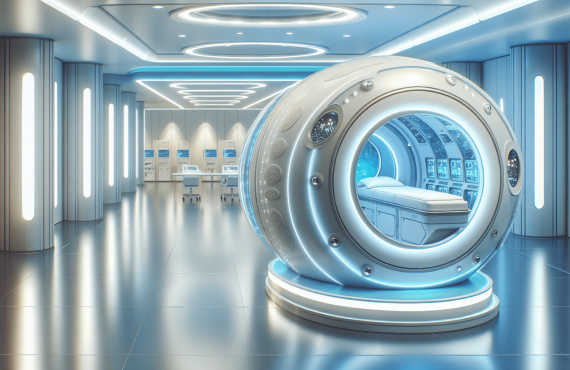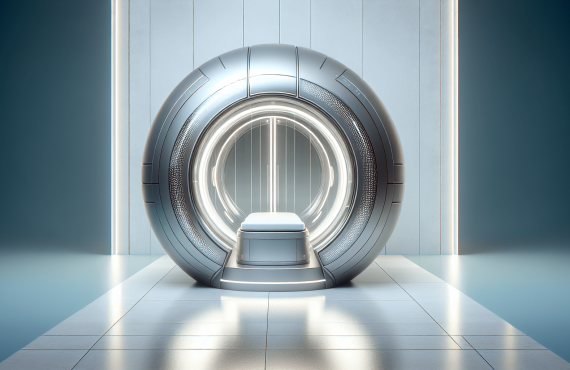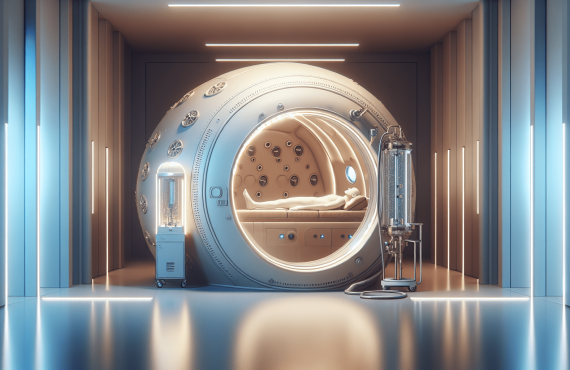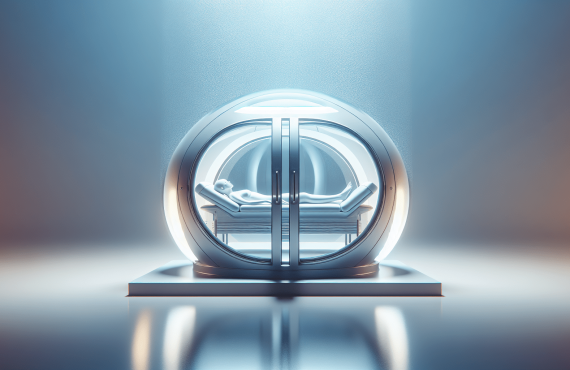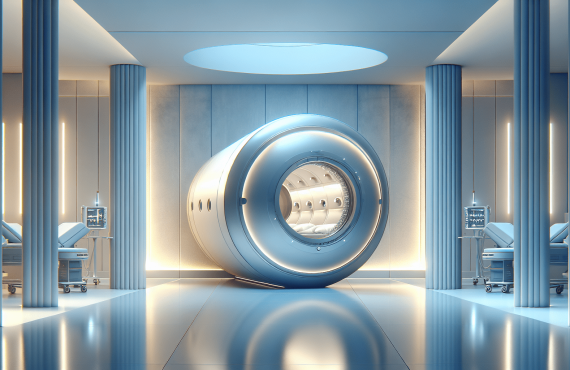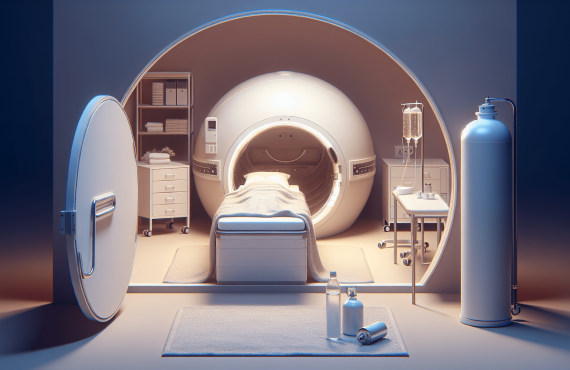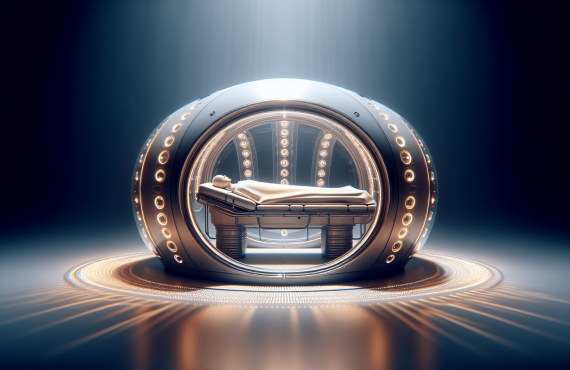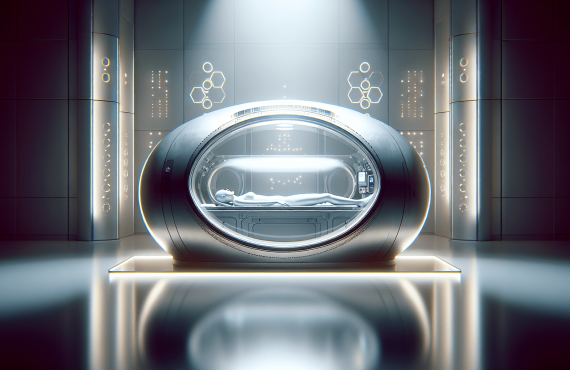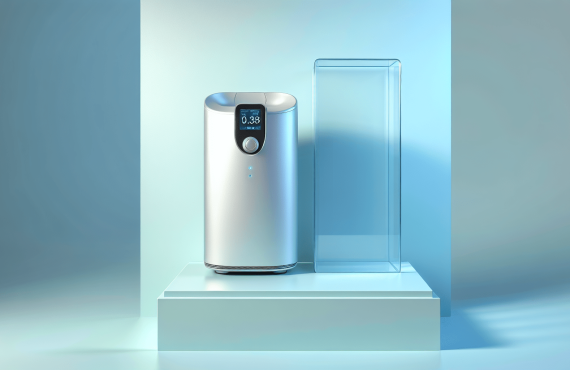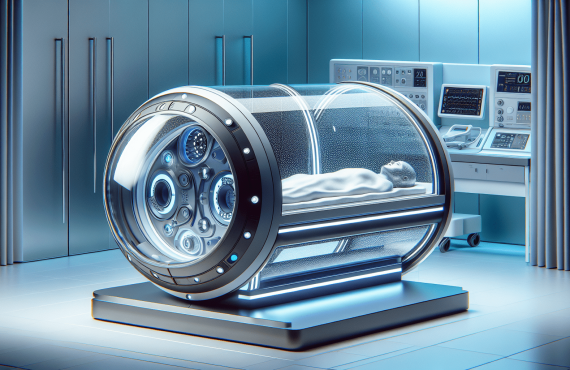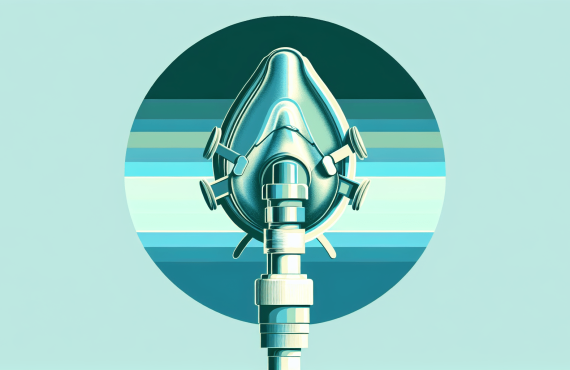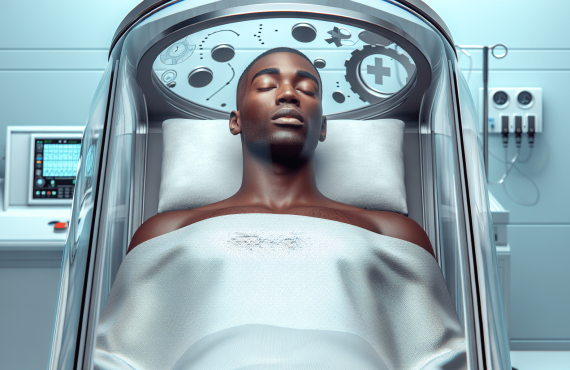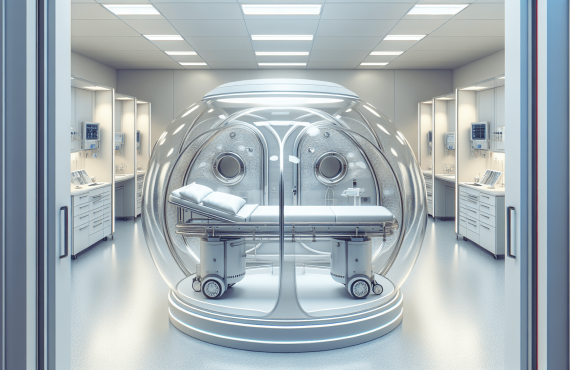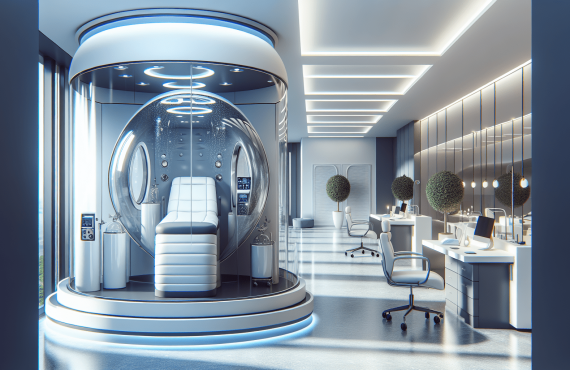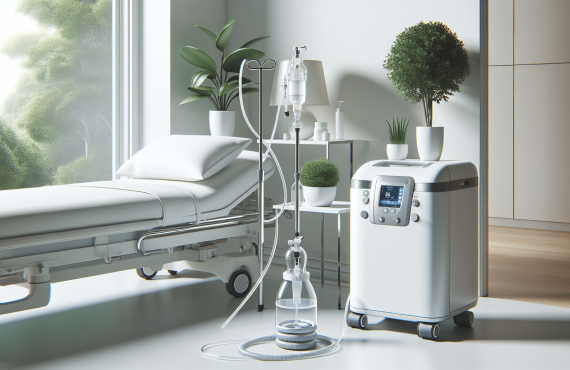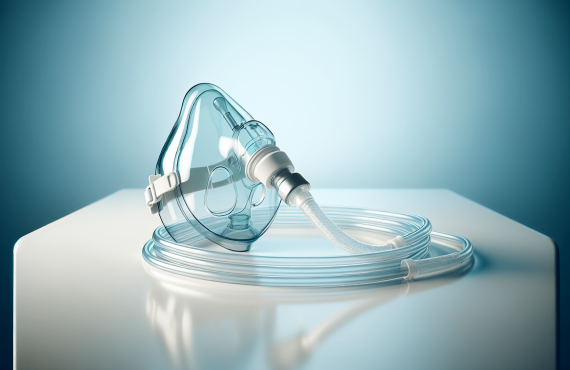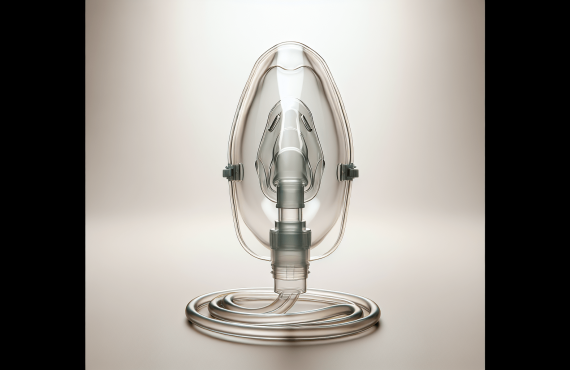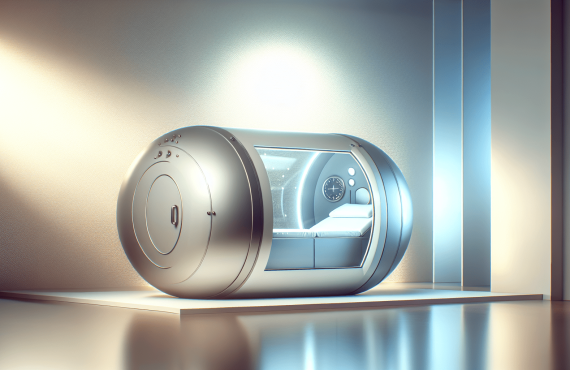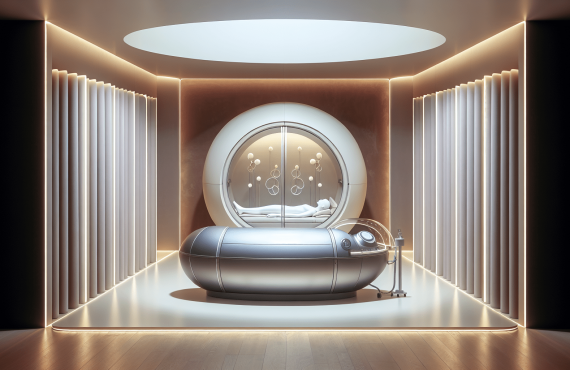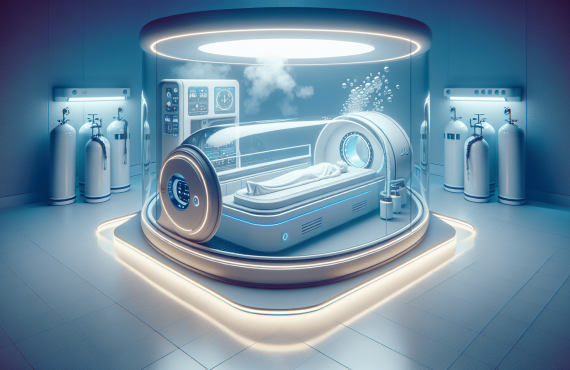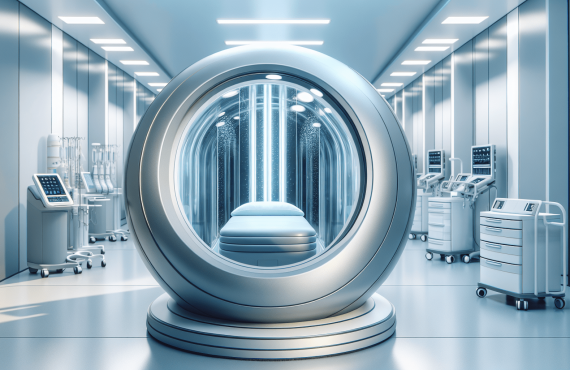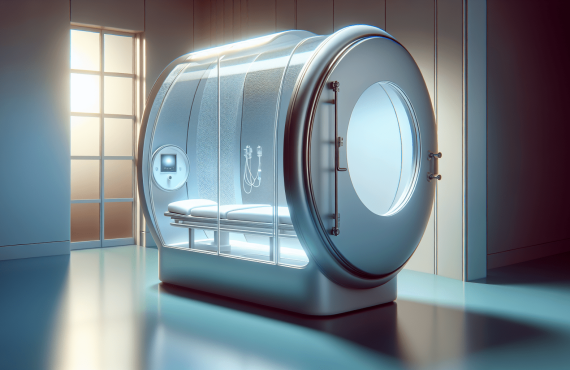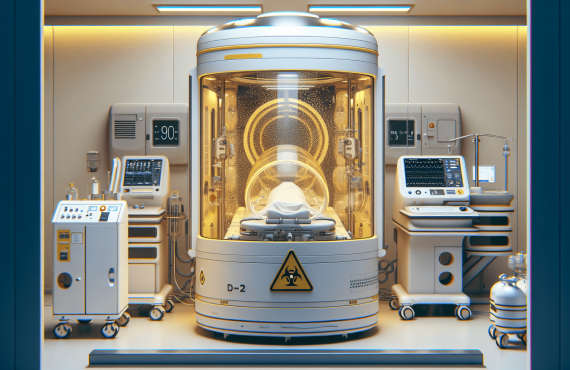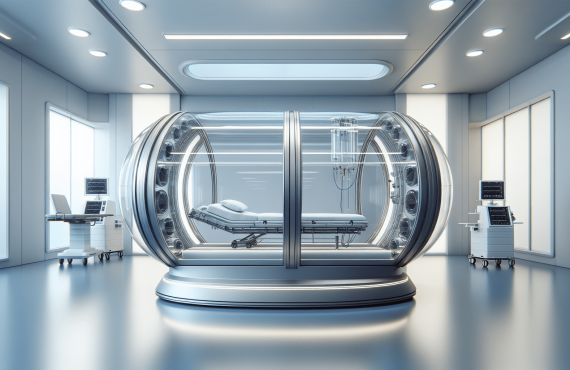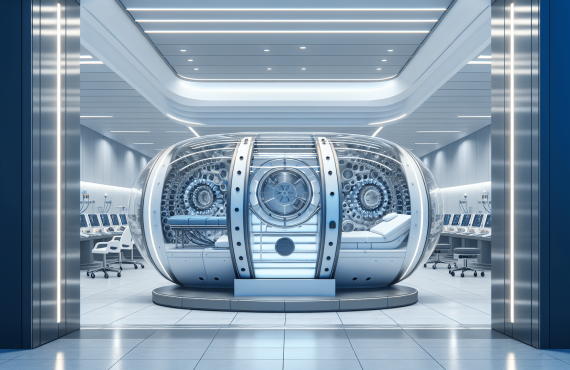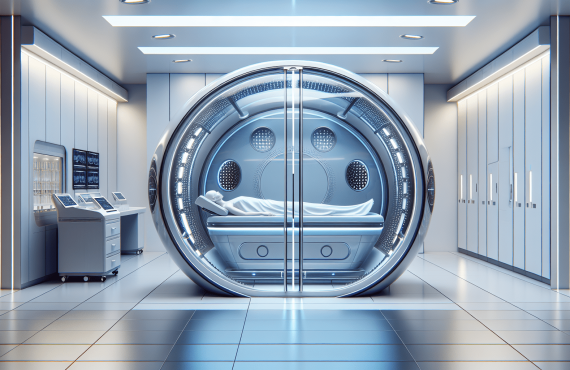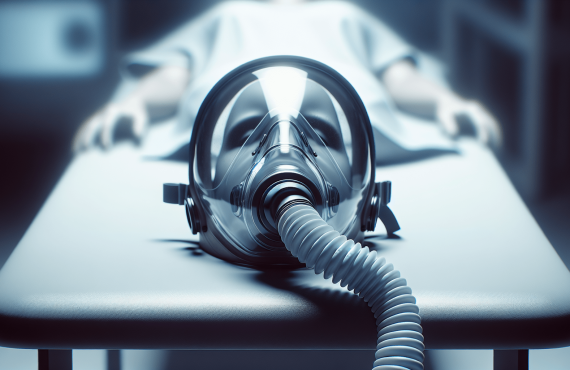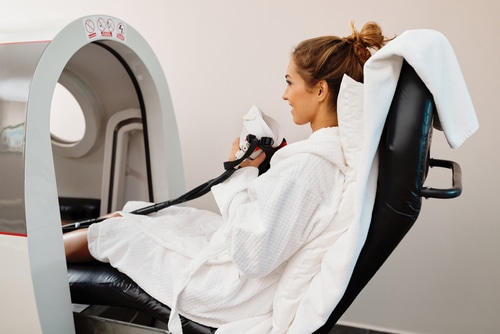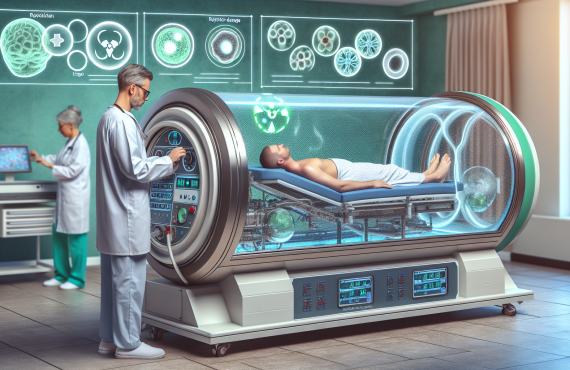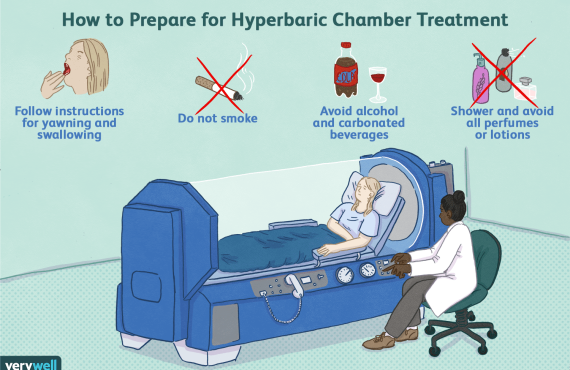Have you ever wondered what Hyperbaric Oxygen Therapy (HBOT) does to the brain?
If you’ve heard about HBOT, you might already know it involves breathing pure oxygen in a pressurized chamber. But how does this process impact the brain, especially considering that our brains require large amounts of oxygen for optimal functioning? Let’s explore this pathway together, as we uncover the science and potential benefits of HBOT for your brain.

Table of Contents
What is Hyperbaric Therapy?
Before understanding what HBOT does to the brain, it’s crucial to know what Hyperbaric Therapy involves. Hyperbaric Oxygen Therapy is a medical treatment where patients breathe 100% oxygen in a pressurized environment. This intensified setting works wonders compared to the regular oxygen intake we get from the air around us.
Definition
In simplest terms, HBOT is about breathing pure oxygen at pressures higher than the normal atmospheric pressure. It’s like getting several times the oxygen your body usually gets, pushed deep into your tissues. Imagine turbocharging your body’s natural healing processes—that’s HBOT.
How it Works
Under normal conditions, your lungs pull in oxygen from the air, which then gets distributed through your bloodstream. But in an HBOT chamber, the increased pressure and pure oxygen dramatically raise the level of oxygen that your blood can carry. This super-oxygenated blood reaches parts of your body that might be starved for oxygen, promoting healing, reducing inflammation, and helping your immune system do its job more effectively. It even encourages angiogenesis, the growth of new blood vessels, which is crucial for wound healing and tissue repair.
What Does It Mean for the Brain?
The brain, being an oxygen glutton, benefits significantly from this process. Since our brains use a staggering 20% of the body’s oxygen supply despite being only 2% of its weight, it’s not hard to see why boosting oxygen levels could be revolutionary.
The Science Behind HBOT and Brain Health
Enhanced Oxygen Delivery
One of the primary effects of HBOT is increased oxygen delivery to brain tissues. Many neurological conditions involve areas of the brain being deprived of adequate oxygen and glucose. HBOT helps to flood these areas with oxygen, potentially kickstarting dormant neurons back to life.
Neuroplasticity and Brain Repair
Did you know that your brain has an incredible ability to heal itself, a phenomenon known as neuroplasticity? HBOT has been shown to enhance this capability. More oxygen means increased energy production within brain cells, which can facilitate repair.
Reduction in Brain Inflammation
Inflammation in the brain can be devastating, contributing to conditions like stroke, traumatic brain injury, and neurodegenerative diseases. HBOT reduces this inflammation, creating a less hostile environment for healing and functioning.
Cognitive Function and Memory
Studies have suggested that HBOT can improve cognitive functions and memory, particularly in aging populations or those who have suffered traumatic brain injuries. The therapy helps to rejuvenate brain activity and might even boost your mental clarity and focus.
Clinical Applications of HBOT for Brain Health
Stroke Rehabilitation
Strokes often leave patients with brain tissue that’s oxygen-starved and damaged. HBOT aims to restore the oxygen supply to these regions, aiding in the recovery process.
Traumatic Brain Injury (TBI)
For those who have sustained brain injuries, the increased oxygen levels from HBOT can be a game-changer. The treatment supports brain cell repair and reduces inflammation, helping patients regain lost functions.
Neurodegenerative Diseases
While research is still ongoing, early studies suggest that HBOT might help those dealing with neurodegenerative diseases like Alzheimer’s and Parkinson’s. The increased oxygen can assist in mitigating some symptoms and possibly slow the progression of these conditions.
Post-Concussion Syndrome
People suffering from post-concussion syndrome often experience symptoms like headaches, dizziness, and cognitive difficulties. HBOT has been found to help alleviate these symptoms by promoting brain healing and reducing inflammation.
Integration with Chiropractic Care
Dr. Craig Henry’s Approach
Dr. Craig Henry of Henry Chiropractic in Pensacola, FL, utilizes chiropractic care to improve your overall health. Whether it’s tackling back and neck pain or enhancing your general well-being, Dr. Henry blends his chiropractic expertise with modern treatments like HBOT to provide a well-rounded approach to your health.
Dr. Aaron Hixon’s Specialties
Dr. Aaron Hixon offers a range of chiropractic techniques, ensuring you get the personalized care you need. With a background in Exercise Science and various chiropractic methods, Dr. Hixon complements the benefits of HBOT by aiding in tissue mobilization and reducing muscle tension, which works in tandem with the increased oxygen to expedite your recovery.

FAQs About HBOT
1. Is HBOT Safe?
Yes, when administered by a trained professional, HBOT is generally safe. However, like any medical treatment, there may be some risks and side effects, such as mild ear discomfort due to pressure changes.
2. How Long is an HBOT Session?
Typically, an HBOT session lasts about 60 to 90 minutes. You may require multiple sessions depending on your specific condition and treatment goals.
3. What Can I Expect During a Session?
You’ll lie down in a comfortable chamber where you’ll breathe pure oxygen. The pressure will gradually increase, much like the feeling of taking off in an airplane but more controlled. Most people find it relaxing.
4. Are There Any Side Effects?
Common side effects include temporary pressure discomfort in your ears or sinuses, similar to what you might feel during a plane descent. Serious side effects are rare but can include oxygen toxicity.
5. Who Should Avoid HBOT?
People with certain lung conditions, such as chronic obstructive pulmonary disease (COPD), and those with recent ear surgery or infections should avoid HBOT. Always consult your physician before starting any new treatment.
Why Choose Henry Chiropractic?
If you’re contemplating HBOT for any brain-related issues, Henry Chiropractic in Pensacola, FL, is an excellent choice. Dr. Craig Henry and Dr. Aaron Hixon bring years of experience and a compassionate approach to ensure you get the personalized care you deserve. The combined chiropractic care and HBOT provide a synergistic effect, optimizing healing and overall health outcomes.
For more information, you can visit them at:
Henry Chiropractic
1823 N 9th Ave
Pensacola, FL 32503
(850) 435-7777
Henry Chiropractic Website
Closing Thoughts
HBOT offers a fascinating glimpse into the potential of boosting brain health through enhanced oxygen delivery. By understanding how it works and its multitude of benefits—from aiding in post-stroke recovery to improving cognitive functions—you can make more informed decisions about incorporating this therapy into your health regimen.
Whether it’s the promising effects on neuroplasticity or its role in reducing brain inflammation, HBOT provides a beacon of hope for many. Coupled with chiropractic care from experts like Dr. Craig Henry and Dr. Aaron Hixon, the avenue for holistic and effective treatment becomes even clearer.
Take the next step toward a healthier brain and a revitalized life. Remember, your brain is always at work, tirelessly supporting you—giving it an oxygen-rich environment can only make it stronger and more resilient.


